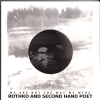Spiral Cage (1988) by Al Davison
Here we are — the final Renegade Press comic. (It’s possible that other comics trickled out after this, but it’s the last #1, though.) And it’s a total outlier in the Renegade library: For one, it’s not a newsprint pamphlet — instead it’s a squarebound book with white paper: The only publication they did in something other than their normal format.
This “prestige format” thing was a much-used signifier of “serious comics” (pioneered by the Batman thing Frank Miller did, I guess), and Deni Loubert wanted to pivot towards graphic novels, but this was the only one she published before shutting down Renegade.
And it’s a comic I bought as a teenager. (Hm. Well. I had just turned 20, I guess.) And I remember feeling that it was a very special publication: Something new and fresh and exciting, but not completely successful?
Let’s have a look.
OK, first we have a dedication, and then a title page…
Then an introduction by Alan Moore, which must have been a nice get for Renegade.
Oh, yeah, another thing that makes this somewhat anomalous: Al Davison is a British artist, and Loubert had mainly worked with Canadian or American creators.
Then we get an introduction by Davison, and by this point, I’m thinking: Can any comic take this much portentous front-loading? They’re setting themselves up for disappointment by faffing around to this extent before getting into the book itself.
And then it starts, and we go over the same thing we’ve already done in the introduction.
That’s not a good start, is it?
How much is a stone anyway? Hm…
Oh my god! She’d worn herself down to almost nothing! 40kg!
I’m not sure whether using the busy scribbles in the margins and the outer edges is an effective design choice? I mean, it does reflect the general messiness of the contents, but…
Anyway, this not so much a traditional autobio story as a collection of glimpses from Davison’s life…
It’s told in a kinda loosely associative way, and when it works (like the spread above), it really works. (The page to the right there is downright pretty.) But it’s over before we really get into the rhythms of it — it feels like a work that should have been at least three times as long, but instead we’re left hanging with a feeling of “what was that about, then?” That is, it feels like it’s lacking some kind of… arc. It’s true to life in that there’s no resolution, but it’s a bit formless?
Then we pad out the volume with a short story that’s pretty nice.
And incongruously in a book like this, we get some in-house ads. “Renegade Clears The Air”? What’s that about?
Alternative cover, I guess?
Amazing Heroes #145, page 215:
With Spiral Cage, artist/writer A1
Pavison presents some dark fantasies
with some heavy autobiographical
leanings. His work, highly lauded by
fellow-Brit Alan Moore (who will be
doing the introduction) has appeared in
Renegade Romance, the Pulp File of
WOMsmith, and The Cases of Sherlock
Holmes. This time around, Davison
produces striking tales similar in tone to
early Might Zone and Outer Limits
episodes, containing an unusual melody
of wonder and hope in what are often
situations of despair and confusion. And
he doesn’t go retreading plots and
dialogue leading up to a cheap shock,
either. Davison has said of his stories,
‘I’ve always thought a good comic could
deal with the serious side of relation-
ships, not just the schmaltzy stuff. I’ve
tried to combine humor and romance to
emphasize the serious undercurrent.”
And so it is with his Spiral Cage
vignettes, such as his ‘A Tale from the
Attic” feature, that Davison combines
unlike elements to emphasize other
pints which reject the common impres-
Sion of gore and mindless violence in
favor of feelings more eerie and therefore
more haunting.
Spinl Cage will be magazine-sized
one-shot of 56 black-and-white pages
(white paper stock) with full color ccwers
at $3.00. Spiral Cage ships August 5th.
Nancy Collins writes in Amazing Heroes #153, page 70:
The Spiral Cage is•a look at the life
of a handicapped child, growing up
in a world seldom glimpsed—or
understood—by “healthy” people.
The narrative visits different periods
in Davidson’s life from birth to
adulthood. The segments dealing with
his childhood and early adolescence
are, by far, the most poignant and
imaginative. The narrative elements
dealing with his adult life and its
sorrows, however, come across as
pretentious and self-indulgent. The
artwork chronicling the adult
Davidson’s. activities is competent if
uninspired “realistic” comic book
stuff, completely at odds with the
exuberant style used to illustrated the
exploits of his younger incarnation.
(The sequence where the three-month-
old child, recuperating from what
would be the first ofa lifetime full of
“corrective surgical procedures,”
dreams of flying is damn near heart-
breaking.)
I e consider Davidson’s (to my
knowledge) American debut, albeitly
flawed, a positive step in the direction
of presenting the “secret” ‘M)rld of the
disabled in a manner that attempts to
entertain without exploiting and
educate without preaching. Highly
price of admission..
A much-expanded version of The Spiral Cage was released later by Active Images:
The book’s zine-like quality may be jarring to the casual eye, this format also shows its strengths as a brutally honest chronicle of a man developing as a person and an artist.
The artwork is in black and white, varying in style from quick scratchy sketches to dark meticulous chiaroscuro drawings. The narrative jumps back and forth; it is not the most homogenous or coherent of works, but this fragmented format perhaps reflects Davisons feelings, and it adds to the overall power of the book.
Well, since this is the final blog post about a Renegade comic, I might as well cover Renegade’s denouement here, too. Let’s go:
The Comics Journal #127, page 19:
Renegade “Refits”
Publishing Strategy
Despite their persistence, rumors of
Renegade Press’ demise are ready
exaggerated, according to puilisher
Deni Loubert, but creators are owed
money and comics titles are being
cancelled to allow Renegade a chance
to “stabilize.”
“I’ve been fielding a lot Of calls to
kill that rumor,” Loubert said. ‘ ‘The
reality of the matter is that I’m late
with a few creators, about 35 to 40
days late — I’m not going to pretend
otherwise, because they can tell you
otherwise — but I’m on time with our
printer because that is our agreement,
Renegade is an ongoing concern.
Reports circulated in late January
that Loubert is contracting Renegade
— reports that she confirmed, though
she disclaimed their obvious interpre-
tation: that Renegade is closing shop
“I’m looking to get out of doing
ongoing titles and concentrate on
graphic novels and deluxe packaging
this year, ” Loubert said, adding that
she’s been tapering Renegade’s out-
put for atx»ut six months. ‘ ‘The market
is not such to support a lot of ongoing
monthly books, so I’ve been pursuing
other projects trying to homes
for the regular titles I have.”
Refitting. In fact, Renegade is divest-
ing all of its ongoing titles — Cases
of Sherlock Holmes, Wimmen ‘s Com-
ic, Agent Unknown, Suburban Night-
mares, Wordsmith, and Ms. Tree —
while pursuing bookstore distribution
of upcoming One-shot albums. [Lou-
bert and Ms. Tree co-creator Max Al-
Ian Collins confirmed that only “the
final stages of negotiations” remain to
•place the title with “one Of the big
two. “l. Loubert is herself concen-
trating on freelance writing, from TV
and ammation to comics projects for
other publishers.
“I’ve been working On my writing
projects, developing various things,
projects that I don’t have to come in-
to the Office every day to oversee, and
I’m refitting Renegade to do more Of
it,” she said. ‘ •In fact, I’m on deadline
with some TV projects right now.”
Renegade has announced three ma-
jor titles for 1989, all graphic novels
aimed at bookstores (through an un-
disclosed distributor) as well as the
direct sales comics market. A1 David-
son’s The Spiral Cage, released last
August to comics shops, will arrive in
bookstores, [Albert said, “probably
next month [i.e. March].” Randy
Renaldo’s Rob Hanes, Boy Detective,
M. Dalton Allred’s Dead Air, A1
Davidson’s The Spiral Cage: Diary of
an Astral Gypsy. and a two-volume set
called Horse are also scheduled.
Of those graphic novels, only Spiral Cage happened — you have to imagine that the sales of this weren’t huge. Dead Air appeared from… Slave Labor? I remember buying it, so that didn’t disappear completely. And Horse? Also from Slave Labor, but it was cancelled after the first volume. Of those, Dead Air had to be the one with the most commercial possibility, so it’s odd she didn’t start with that one…
“Ned really misunderstood what I
was saying.” Robbins said. “Deni is
and has been slow in paying, and I
don’t know that that will be a secret
to anyone — everyone knows she’s
somewhat casual with the way her
books come out, but she does pay her
creators, and she is very slowly pay-
ing the printers, getting the money
together and then payiny the printer
and printing the books. ‘
Said Leialoha: “All I know is she
pays them and then they ship them.
Krypto the Acid Dog was supposed to
be out sooner than it was, but Deni had
a cashflow problem and since [Pre-
rryl’ve been printing for her for a long
time — she found Preney; they’d pro-
bably never have started printing com-
ics if not for her; Cerebus is still
printed there — so they’re On good
terms. so, when she sends them some-
thing, they print it, and then she pays
them and they ship them.”
So Loubert was on a no-credit arrangement with Preney Print and Litho — which had to make things difficult: It’s a cash flow problem.
The Comics Journal #127, page 20:
More rumors. The recent rash Of
rumors about Renegade’s demise ap-
parently grew after a discussion bet-
ween Loubert and Suburban Night-
mares/Silent Invasion creator Larry
Hancock.
Hancock said he talked with [Albert
in mid-January atxyut taking Suburban
Nightmares, which Renegade publish-
ed in four issues, to NBM for album
collection.
‘ ‘She said we should go ahead and
talk with NBM,” Hancock said, “and
then we got into a discussion of the
general state of affairs, talking about
how she’s going to start winding things
up. She said she was finding the writ-
ing she was doing in animation was
giving her better return and that she
was actually having to put money in-
to Renegade.’
After chat, Hancock found Ren-
egade a topic of discussion on the
Books Do
Furnish
A Room
Compuserve network, and reported
Loubert’s remarks. Word spread from
there.
“I thought I was reading her right
about suspending Renegade altogeth-
er,” Hancock said, “but in a subse-
quent phone conversation she said that
wasn’t really what we had talked a-
bout, and replaying the conversation
it appears I was reading more into it
than was meant.
‘ ‘The whole thing arose from a pri-
vate conversation I was having, but
I’ve always heard rumors about how
well or poorly Renegade’s been do-
ing,” Hancock added. ‘ ‘This time I
was reading something into a conver-
sation I had with Deni herself. She has
since told me she is not closing up, ami
I have never had problems with her
saying she was doing one thing and
turning around and doing another.
Sometimes she’s not been able to do
things she said she was going to as
quickly as we all want. but I have
never had troubles with her.”
Hancock added that “it’s hard to say
how much [Loubertl had changed her
mind in the second conversation be-
cause she was choosing her words
more carefully and said I read too
much into our earlier conversations,
which I can see,’
Still, another Renegade creator drew
the same conclusion from a similar
conversation with Loubert.
More rumors, and debt. “I talked to
Deni because she owes me money for
Agent Unknown,” said writer Bob
Sodaro. “She told me she’s closing up
shop.
‘ ‘I just asked her how things were
and she was nebulous because she
wasn’t sure on what she’d be doing
other than trying to close up shop with-
Out owing any money. I heard this
straight from her,” Sodarosaid. “She
just said she was tired of being a pub-
lisher and worrying about money all
the time and she wasn’t having fun any
more.”
Sodaro, whose book Renegade re-
cently cancelled. said Louberl told him
she was “in the process of placing pr0-
perties with other companies,” was
‘ ’embarking on a writing career, ” and
“thinking of opening a handy-craft
shop.[…]
Alive and… well. In the single inter-
view Loubert gave, she explained the
remarks she said her creators had
misinterpreted
“I’m looking to get out of doing on-
going titles and concentrate on graphic
novels and deluxe packaging,” she
said. “What I’m doing now is what
I formed Renegade for, which is a
series of projects, graphic novels, of
limited length. When I started this, you
couldn’t do this sort of thing and get
by, but with increasing exposure in
bookstores, it’s very practical now.
“Bookstores truth to tell are more
Of a market for serious graphic n0-
vels,” she said. “The audience has not
expanded enough in the direct sales
market.
• •I see the way the market was
going, and when the cash flow gets
bad, the book flow gets bad. The deal
I have with my printer is I pay as I go,
so I can’t get behind; I don’t ship a
book until the bill has been paid,”
Loubert said; “it’s better than ac-
cumulating a debt like Comico•s (to
Sleepeck Printing, see Newswatch,
Journal #1181. I believe it’s the only
responsible way to do it. Sometimes
it frustrates me because it means I’ve
had to hold books that are finished and
print them when the money gets in —
that’s one reason I’ve taken on the
freelance work, because the royalties
can bring in some money.
“It’s forced me to cut back output,
especially this year,” she continued,
“but it also means I’m ahead of the
game because if I don’t have the mon-
ey to pay for it, I don’t print it, and
so I don’t play catch up to my printer
bills.”
Businessmen. Loubert lamented the
rumors Of Renegade’s impending de-
mise because “it hurts business when
people think you’re going out of busi-
ness, when you’re really tying to keep
things going and active.”
“If distributors think you’re going
out of business, they think they can cut
back on a cost from a publisher who’s
not going to send them more prcxluct;
they’ll stop payments to that publish-
er,”
she said. “They’re just being
good business men, but it makes sur-
Vival that much more difficult.”
The future. Loubert reiterated that
Renegade is not out of the picture.
“You have to remember that we
have the three (graphic novell projects
in works for this summer, though I am
getting out of doing ongoing monthly
comics. It’s important to me that Ren-
egade remain stable because even ifl
bow out in a year or so I want to do
so in a way that allows me to return
to the industry at any time. ‘ ‘—GSB—
The above is from the Alternative Comics Cadaver Derby, and Renegade isn’t given much chance of survival because it just doesn’t pander enough. (It’s a humorous overview of all alternative comics publishers.)
The Comics Journal #130, page 25:
Renegade Shuts Down
Renegade Press is “on hiatus for a year
Or two,” according to a May 30 an-
lmncement from Publisher Deni Lou-
ert. The company’s final releases —
Tony Bravado #2 and Ms. Tree 49
and 50 — shipped July 15.
“I’ve been doing this for 12 years,”
she told the Journal, referring to her
eight years as Aardvark-Vanaheim pub-
lisher and the four she’s spent publish-
ing Renegade books, “and I kind of
need a break. I’m just exhausted —
ernotionally, financially, and every way
you can think of.”
Laubert said she would spend the
foreseeable future on writing projects
(including a pair of feminist story col-
lections with writer Chris Palomino),
and ‘,wrking as office manager for Phil
Yeh’s non-profit Cartoonists Across
America literacy project.
“I guess it’s no surprise to anyone,”
Loubert wrote in an official announce-
ment May 30. “We’ve shipped fewer
and fewer t»oks in the last year, and
it’s been tougher and tougher to keep
going.”
In fact, speculation on Renegade’s
future has hovered for months on the
question of the company’s viability,
and the Journal reported in February
[see Newswatch, Journal #1271 that
Loubert had “refitted” her publishing
Strategy to spend more time writing
and to reduce Renegade’s increasing-
ly unprofitable output. At that time,
Loubert said she intended to redirect
Renegade to kmkstore-directed graph-
ic novels and insisted that “Renegade
IS an ongoing concern.”
Loubert told the Journal May 31,
“I’m just burnt out on the responsi-
bilities of it; 90 percent of this deci-
Sion is that I’m not enjoying it any-
more. I’ll tell you, another thing is I
have no concept of where the market
is going. It’s not supporting the kinds
of things I want to publish; it’s not the
same market as 10 years ago.
“I don’t think the guerilla attitude
that was around 10 years ago when
Dave [Siml started Cerebus and Wen-
dy and Rich Pini started Elfquest still
exists. Now people move into the busi-
ness in a calculated way. That guerilla
attitude of 10 years ago — “Damn the
let’s do what we want to do;
let’s see if we can do it!” — just isn’t
around any more. There’s an awful lot
of companies coming in with the
thought that they’re going to make a
killing; that’s their attitude. It doesn’t
affect my ability to survive, but it af-
fects my enjoyment of what I do.”
BEkground. Inuberl launched Rene-
gade Press in 1985 after leaving Aard-
vark-Vanaheim, which she founded in
1977 with Cerebus the Aardvark crea-
tor Dave Sim. Loubert and Sim were
married in 1978 and divorced in mid
1983, though the pair continued uork-
ing together for about tm years. Even-
tually, the business arrangement also
dissolved, and Sim retained the aard-
vark and the imprint while Loubert
took the several titles they had begun
publishing — among them Flaming
Carmt, Ms. Tree, and Normalman —
moved to Southern California, and
formed Renegade Press.
A small outfit publishing only black-
and-white comics, Renegade had re-
leased numerous titles by the time of
its announced demise. Among them
were Gene Day’s Black Zzppelin
(begun in 1985); Dan Day’s Cases of
Sherlock Holmes (1985, now published
by Northstar); Bob Burden’s Flaming
Carrol (brought from A-V with #6,
March 1985, now published by Dark
Horse); Steven Seagle and Stefano
Gaudiano’s Kafka (1987); Ernie col-
on’s Manimal (1986); Brad Foster’s
Mechthings (1987); Max Collins and
Terry Beatty’s Ms. Tree (brought from
A-V with #19, June 1985 — Loubert
reported the title has been signed by
DC Comics; Collins would not con-
firm this report); Arn Saba’s Neil the
Horse (from AV with #11, April ’85);
Valentino’s normalman (#8 co-pub-
lished with A-V, early ’85; published
by Renegade with #9, June ’85);
Michael Cherkas and Larry Hancock’s
Silent Invasion (1986, collected by
NBM); Cherkas, Hancock, and John
Van Bruggen’s Suburban Nightmares
(1988); Jim Valentino’s Vålentino
(1985); Bill and Barb Rausch’s
Vicki Valentine (1985); Darrigo and
R.G. Taylor’s wordsmith (1985); and
the anthologies Revolver (1985), Mur-
der (1986), Renegade Romance, and
Wimmen ‘s Comix (both 1987, the lat-
ter returned now to Rip Off Press).
Most of these titles had completed
their runs or been cancelled some time
before the “hiatus” announcement.hyment, Plans. Loubert said Rene-
gade would honor its outstanding debß
to creators.
“Whatever money I owe them will
be paid, ultimately,” she said. ‘ ‘Some
of my creators have said, ‘We know
what’s going on, why don’t we call it
a loss,’ and I love them for it. I don’t
have the finances to pay everyone off
all at once right now, but paymenß will
be made.”
Loubert addressed a rumor that she
has waited tables to generate needed
cash.
“That came out of the three weeks
I was doing some waitressing to pay
off some money I borrowed; it’s not
my new career,” she said. “I work at
a lot of things; that was one I did for
a brief while.”
Loubert insisted she will not “dis-
appear” fmm comics, noting her work
with Cartoonists Across America.
“Renegade simply is not really sup-
ported by the market right now,” she
said. “l don’t know; some people are
making it: Dark Horse has made a
great success; Fantagraphics has a
healthy line-up. Maybe it’s not what
you do so much as how you do it.”
Heidi MacDonald writes in Amazing Heroes #141, page 47:
Loubert remained the A-V publisher through its expan-
Sion into publishing other titles, but eventually the Sim
marriage crumbled. For a while, Sim and Loubert
attempted to keep their business relationship intact, but
eventually, Loubert decided to set up her own shop and
move to sunny California. This was back in 1985.
“It was a poor time [to start a comics company] and
there was no way to know it at the time,” she recalls.
“At the time I formed Renegade, Aardvark-Vanaheim
had been going strong, Comico and Eclipse and First were
all going. There were plenty of little companies going,
but not the number you have now. B&W was still the
small thing that not a lot of people were doing. It seemed
like a good idea. It looked like the market could support
it. My supposition was why couldn’t the market support
it? The books already existed in the market, whether they
were under Aardvark-Vanaheim’s banner or Renegade’s
banner they were still books that were out there in the
market. To add two or three more seemed a natural thing
to do. It wasn’t like a new kid coming on to do it. I already
had an existing relationship with distributors who knew
basically what to expect out of me. What I couldn’t
foresee was what happened with B&W’s, the boom and
the bust. Although I did warn everybody against it in The
Comics Jourhal and in editorials months before it
happened. ‘ ‘
And so Renegade found itself buffeted about by that
mass hysteria known as the black and white boom.
Ironically, Renegade, which was publishing such
established and acclaimed series as Ms. Tree and Flaming
Carrot, never benefited from any of the boom. “lhe damn
thing was, the boom benefited new books. The people
who were booming were the new books, looking for the
new Cerebus, Elfquest, Turtles. What they didn’t under-
stand was that when each of those books came out,
nobody paid any attention to it.
“We couldn’t give away Cerebus #1, back in the old
days. We have pictures of me standing behind tables with
stacks of them trying in vain to pry little kids away from
their Marvel Two-in-One. So, basically, all of these
people were running around looking for the new Cerebus,
new Turtles, whatever, and because the titles I was
publishing already existed, they weren’t #1 ‘s and they
weren’t new books and they weren’t self-published [they
were ignored].”
Ironically, if the bust didn’t help, the boom didn’t hurt
that much. Still, most Renegade titlesgot caught in the
market’s downward trend. More educated retailers is the
only way to a more stable market, Loubert argues. “It’s
taken us about 10 years to get a direct sales market. And
now it’s in trouble, because the puklishers and artists grew
faster than the market could handle. What we need to
do now is educate the retailers and that’s going to take
the next 10 years. Maybe we have to wait until we have
enough Bill Liebowitz’s [owner of the Golden Apple
chain in Los Angeles, widely recognized as one of the
most progressive comics shops in the nationl in the
business to support this. I’d rather have one Golden Apple
than 10 little hole in the wall rinky dink shops. They aren’t
the guys I need.”
Loubert is moving into writing comics, with an up-
coming story in Renegade Romance, illustrated by Steve
Leialoha, as well as non-comics freelance projects.
However, for all the headaches, Loubert remains
committed to publishing the kind of eccentric titles that
she wants to see.
“I’m not going for new projects. I’m looking to
continue to work with the artists I work with now. Larry
Hancock and Michael Cherkas have a miniseries coming
up this summer called Suburban Nightmares and Michael
is developing a new series for the fall or winter that will
be continuing the same paranoia theme, called The New
Frontier, which is a line from a JFK speech. It’s a continu-
ation of the concept of suburbia in the late ’50s. In the
way Silent Invasion dealt with UFO paranoia, and Subur-
ban Nightmares deals with the Red scare, New Frontier
deals with another kind of paranoia that is very predomi-
nant at that time period.
“Developing projects is a lot of fun. It’s like a birth-
ing process. It’s very frustrating to try to do this in a
time when the market is hostile to almost anything I’m
doing, but at the same time when you get something really
good come out [it’s very satisfyingl.” She sees Renegade
as publishing the work of specific creators, rather than
specific projects. “It’s real interesting to work with
somebody who is as creative as I feel the people I work
with are, and see things grown and develop out of them.
To watch Arn [Saba] develop Neil for television and know
that I’m partially responsible for it, because of the fact
I gave him the chance to do it as a comic book first and
develop his ideas through that, is very satisfying.”
And with that, the Renegade portion of this blog series is over. I’ll do a final index/bloviating post to sum it all up, but I have to finish reading the Cerebus issues first, and that’s gonna take a while.
This blog post is part of the Renegades and Aardvarks series.
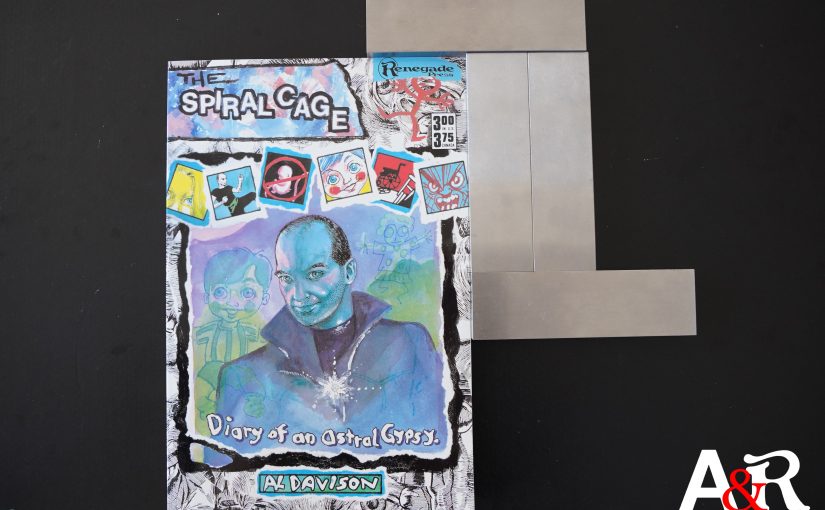
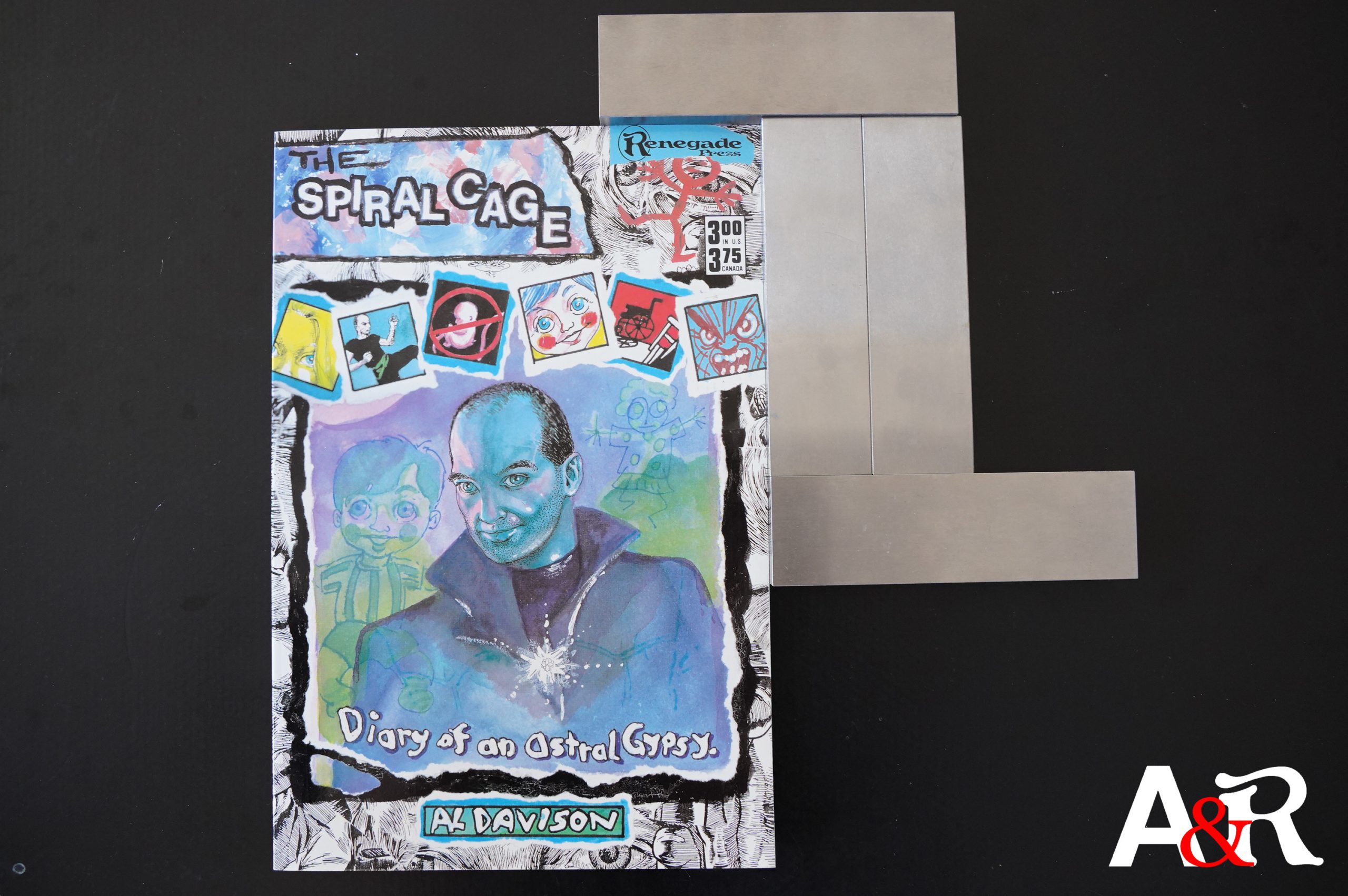
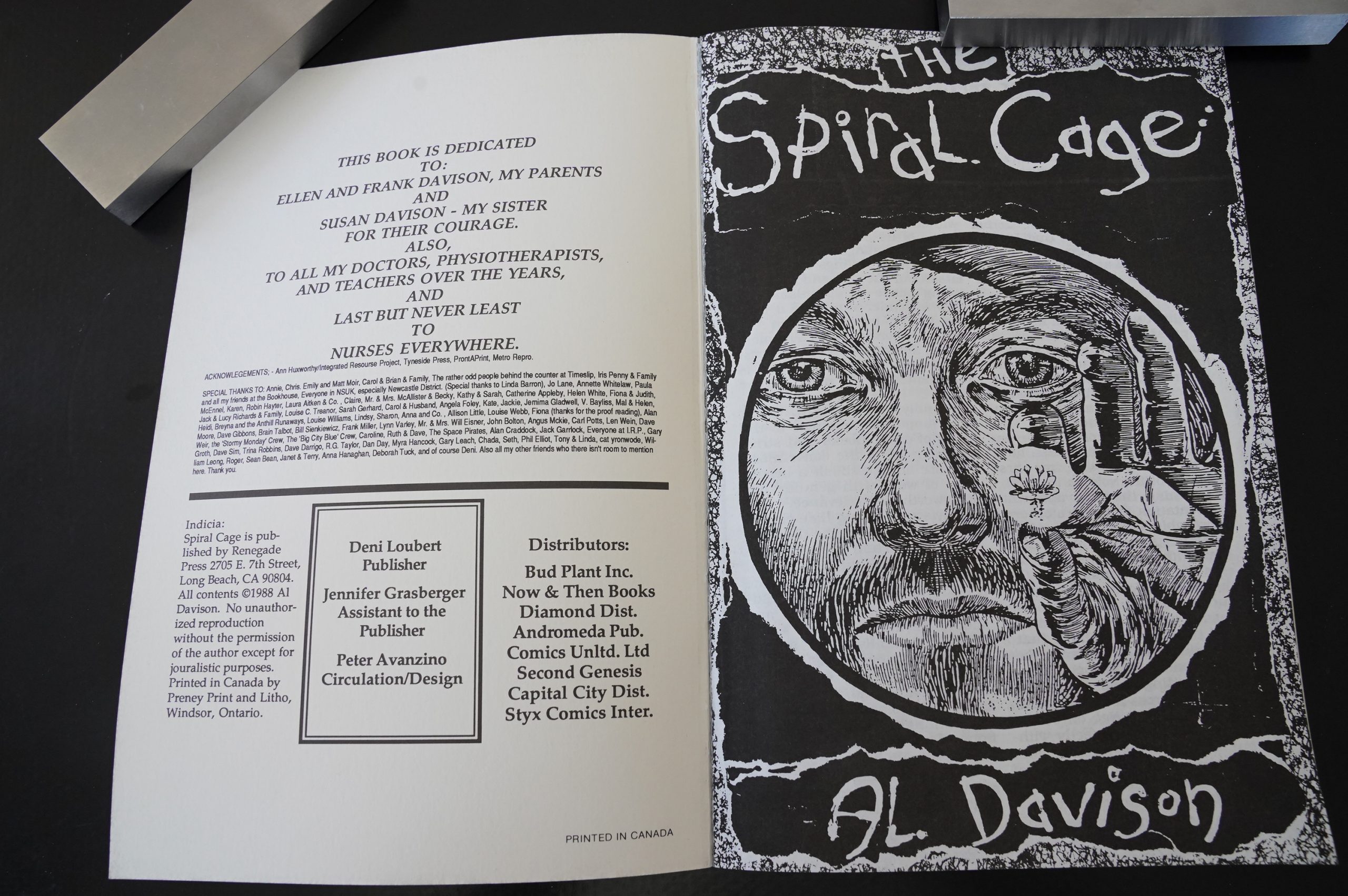

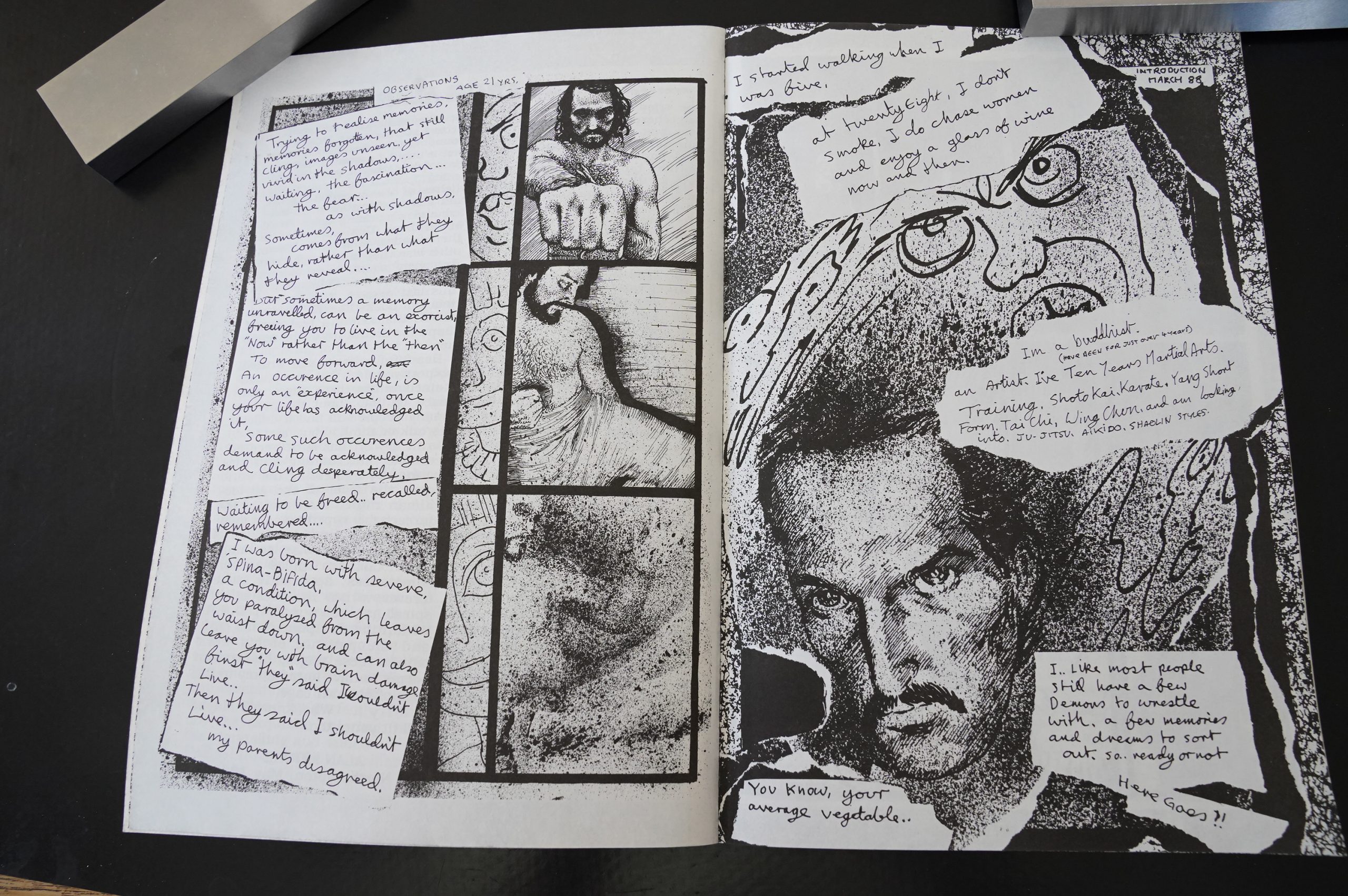
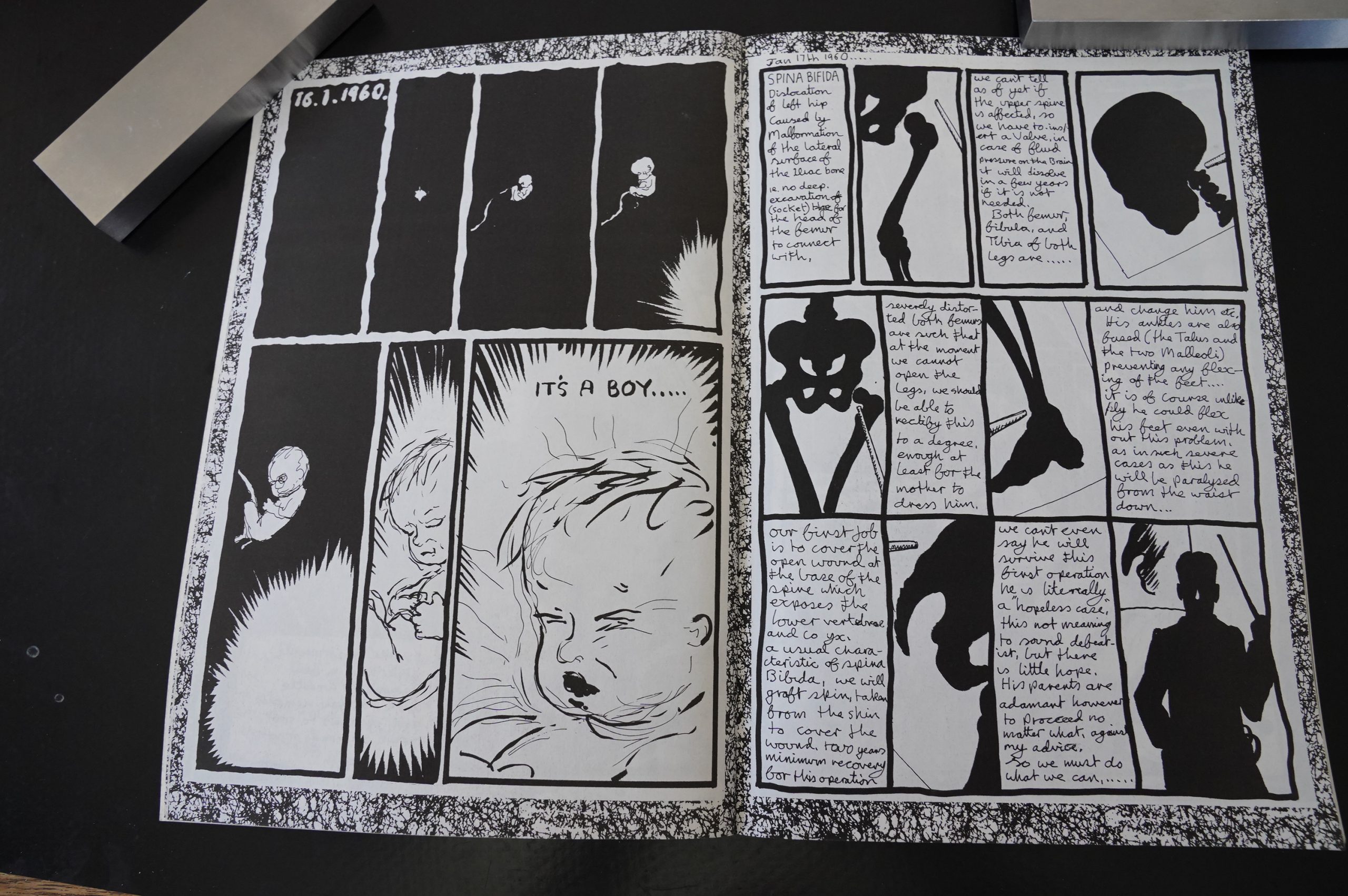
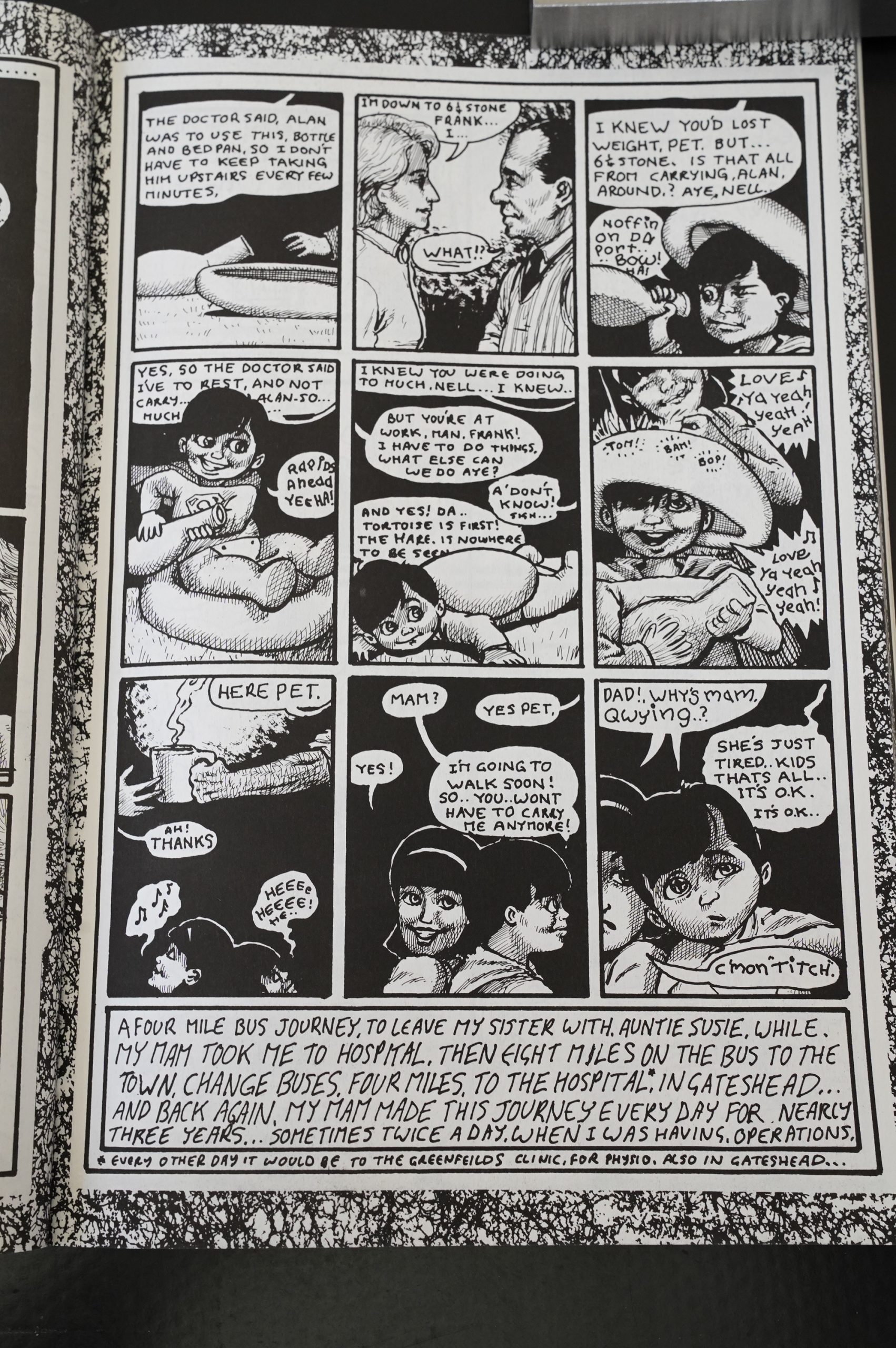

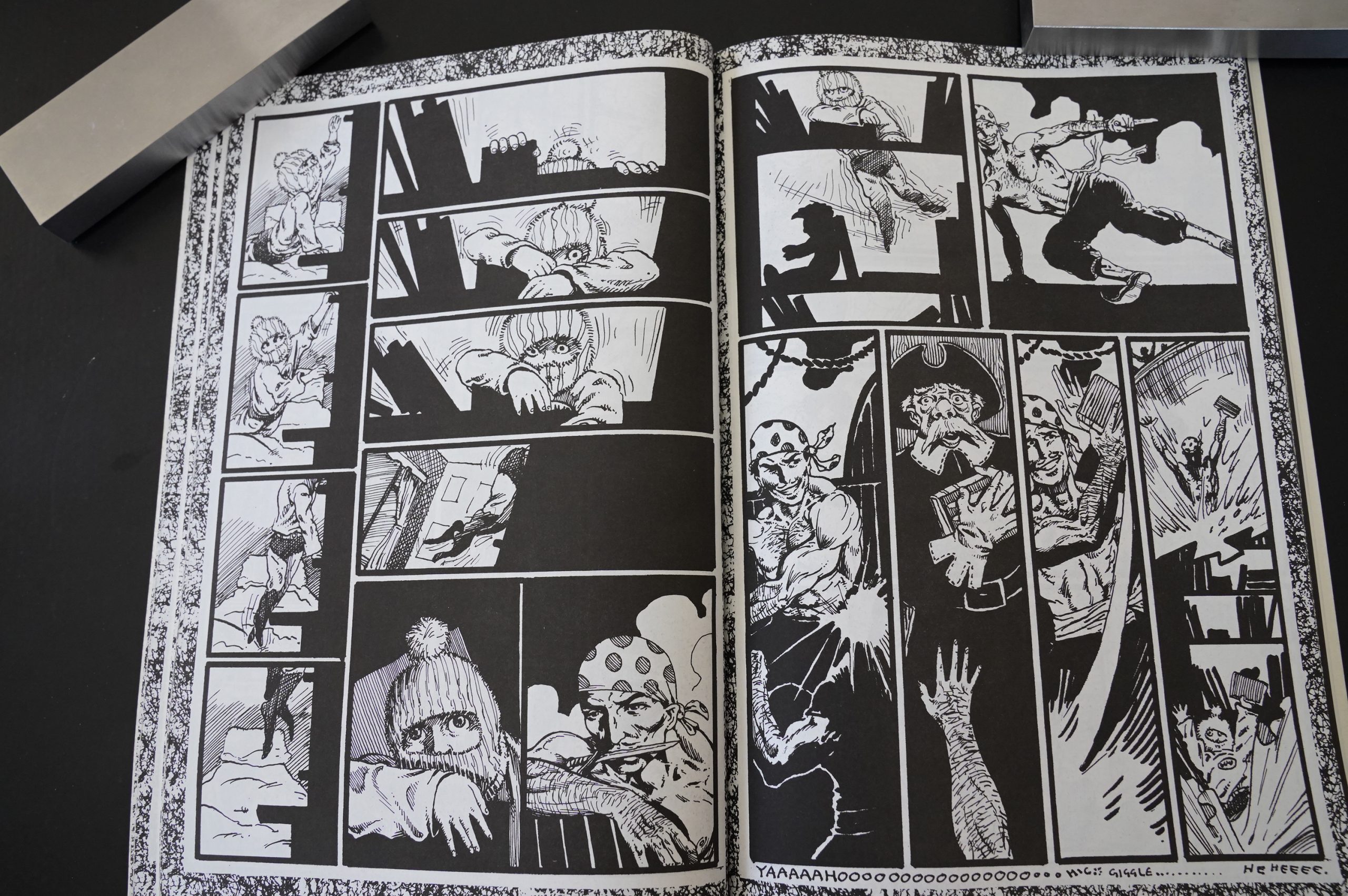
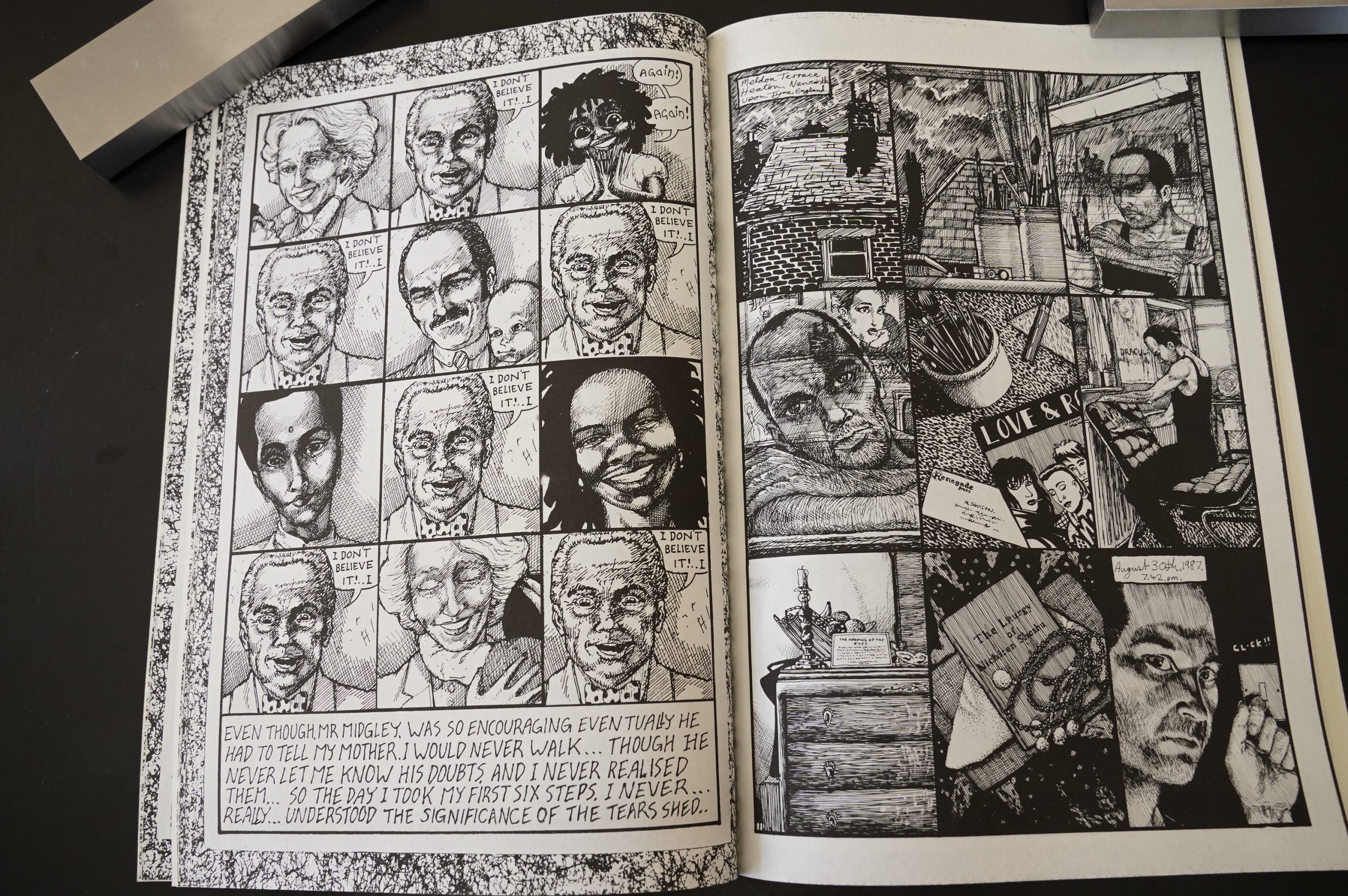
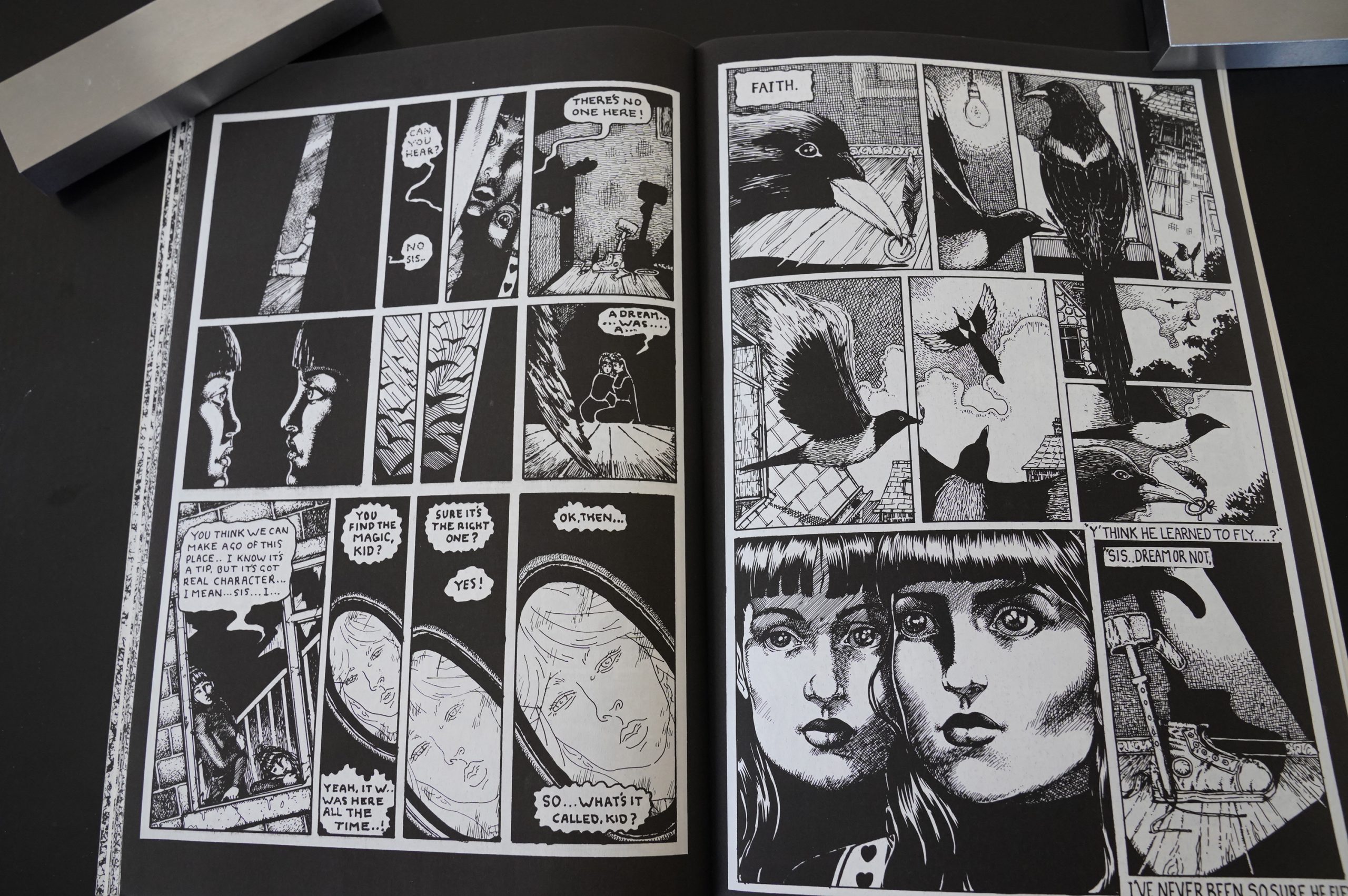
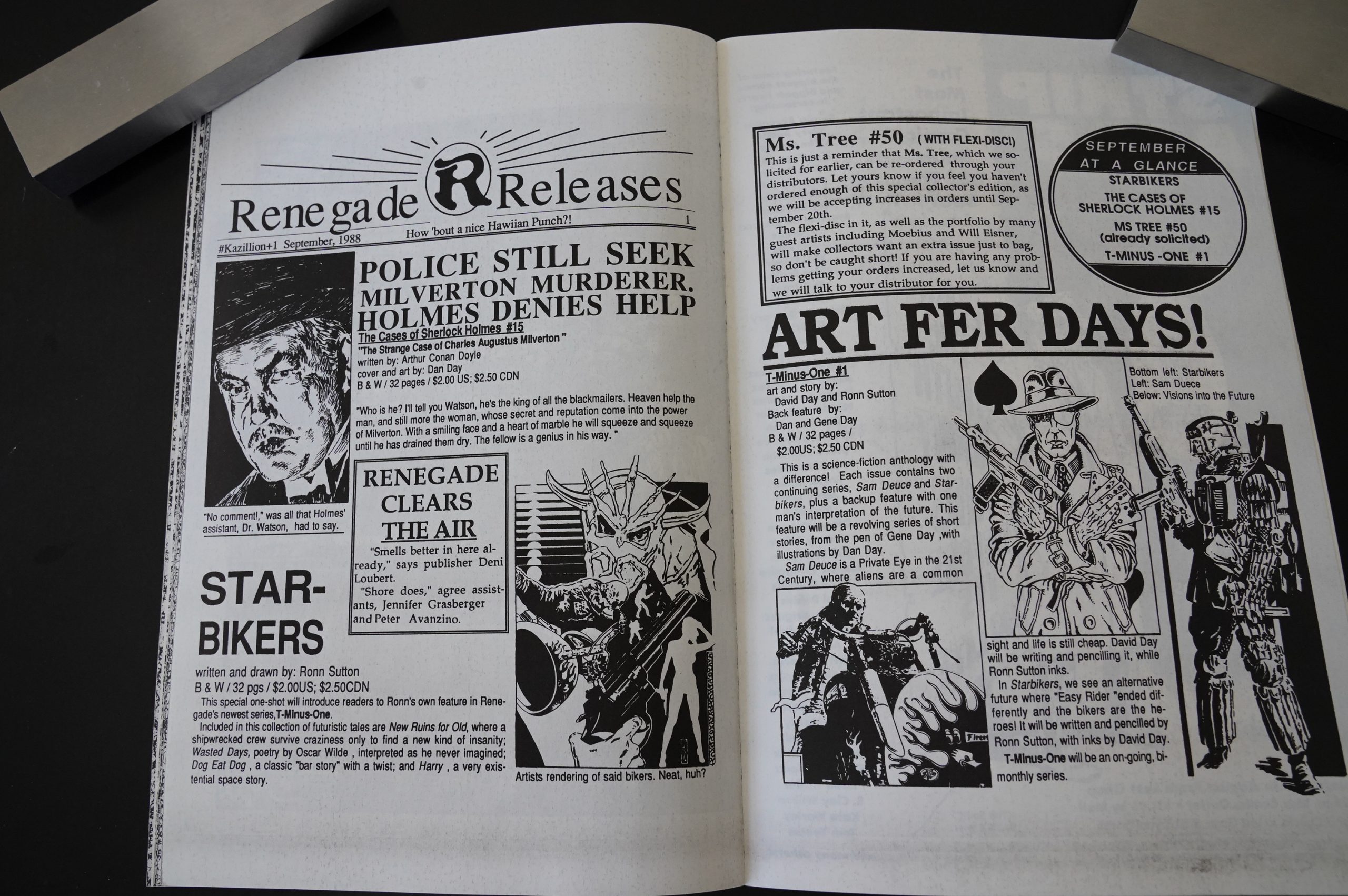
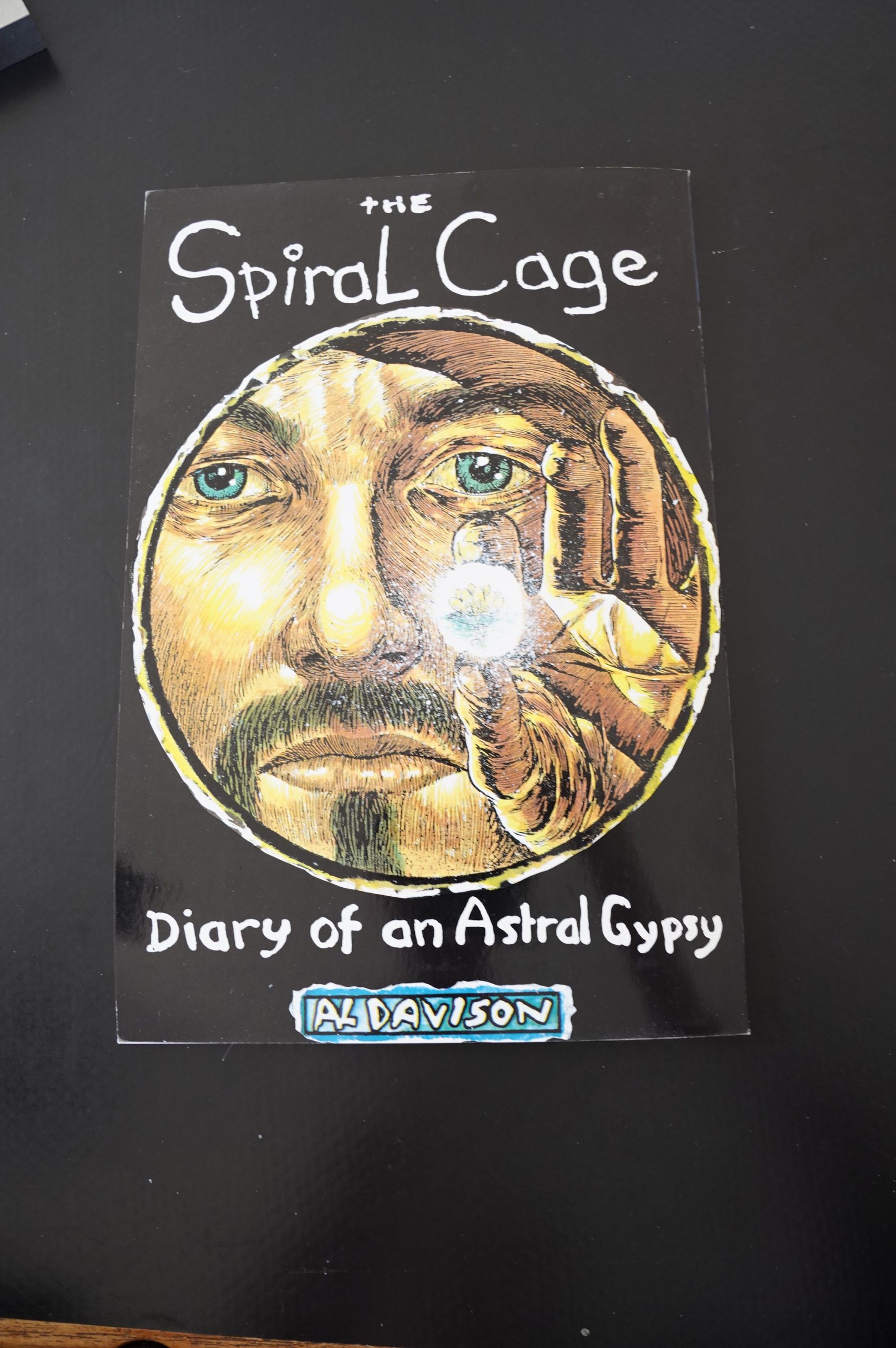

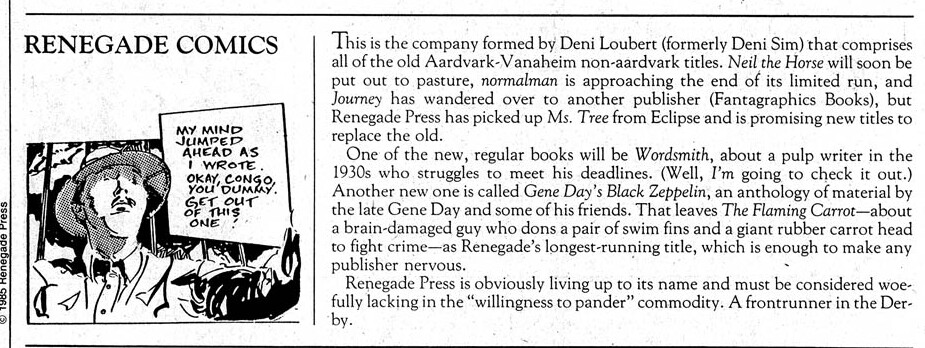
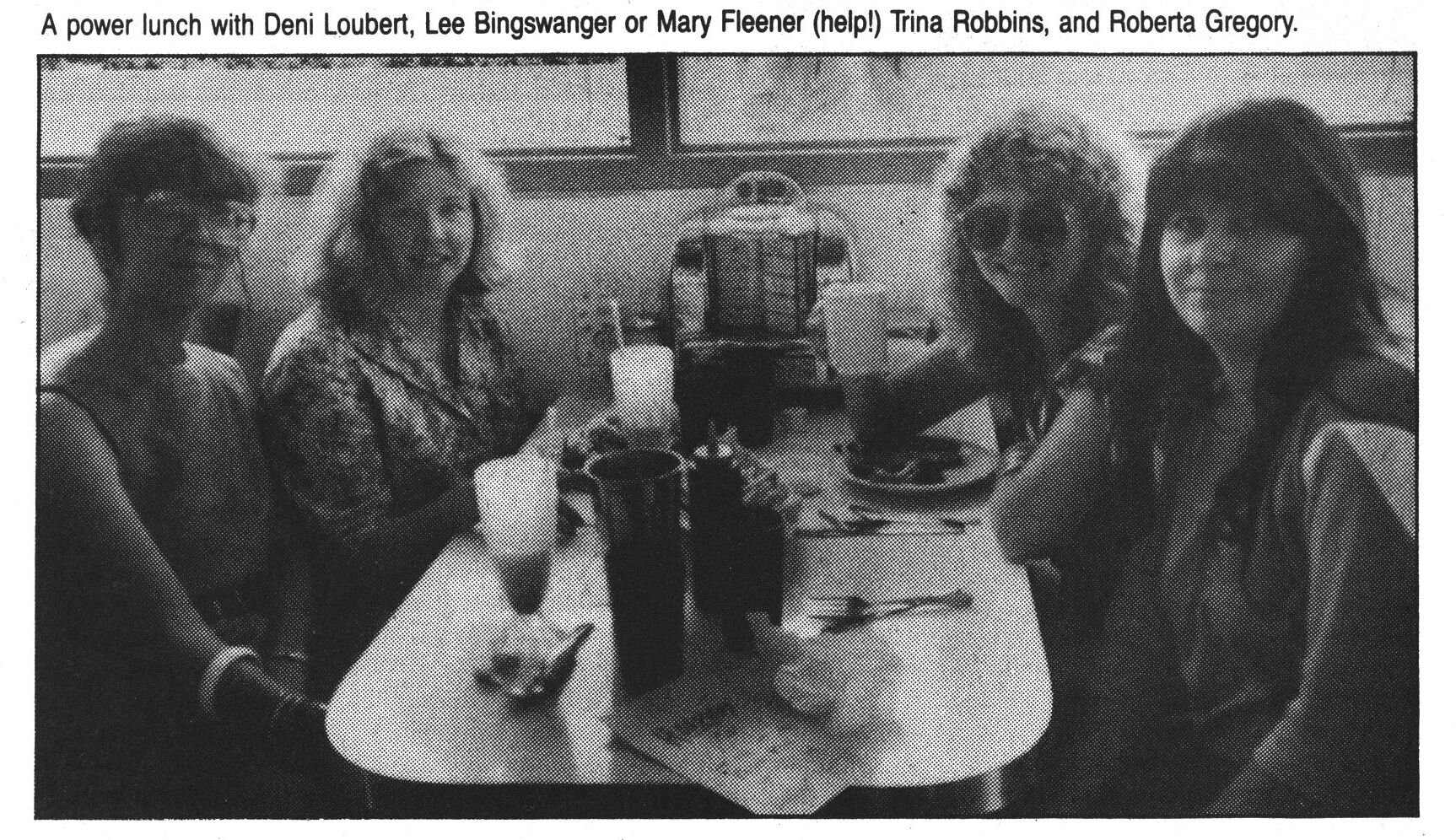
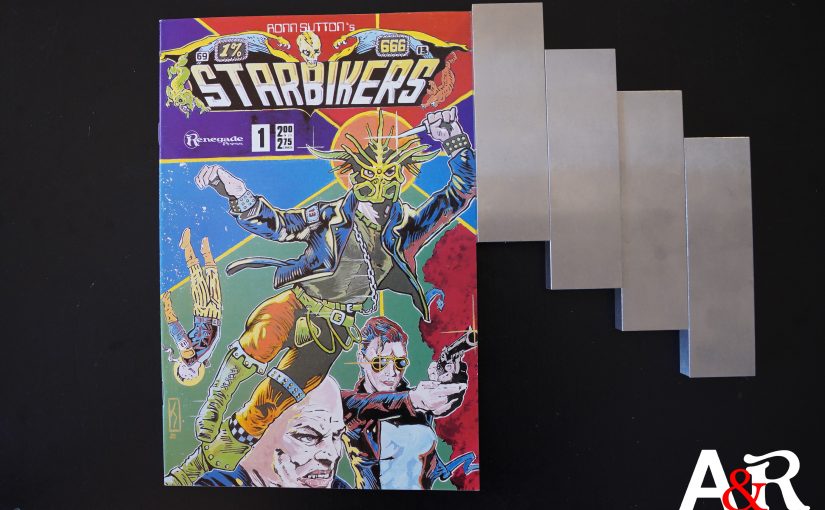

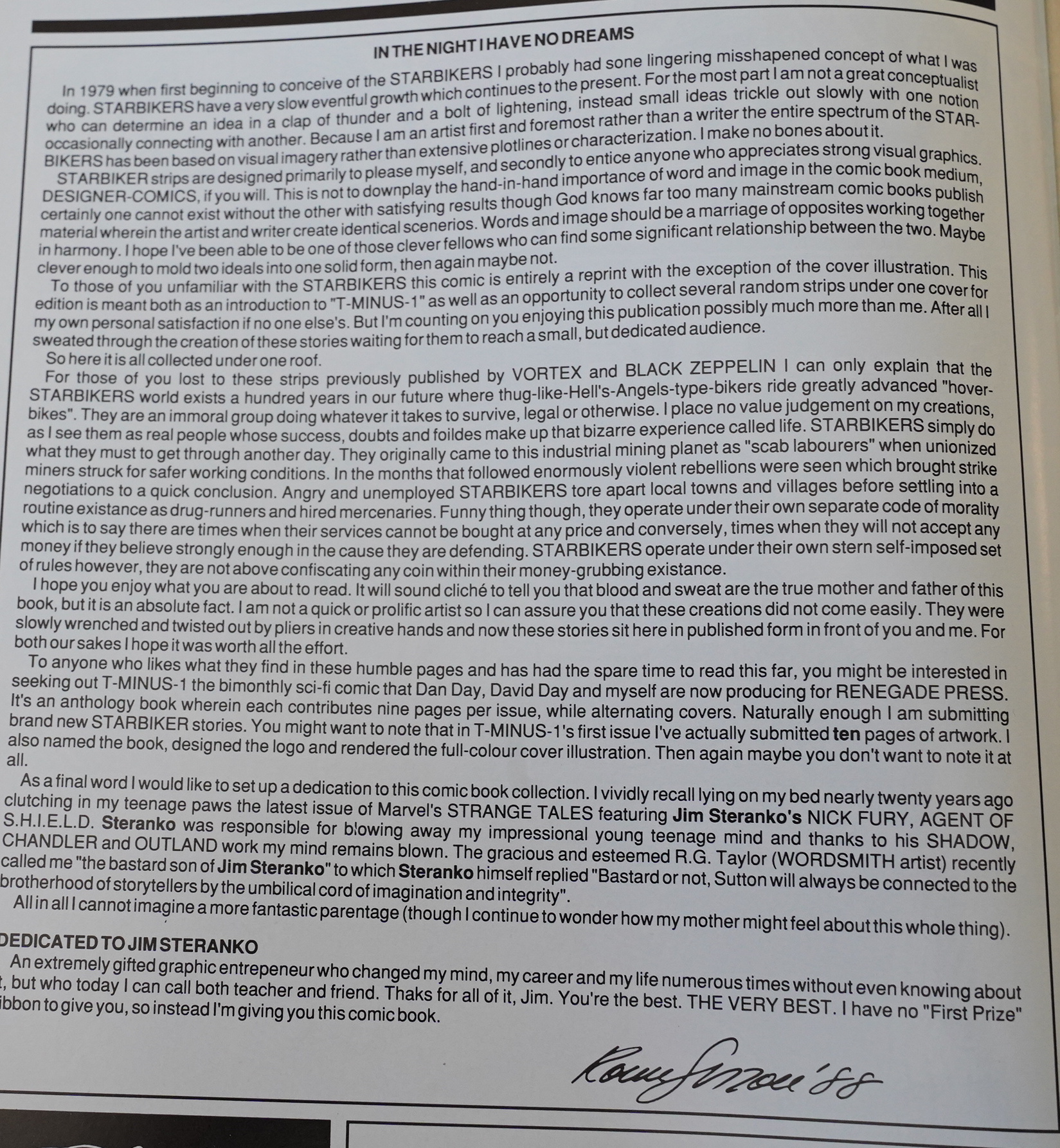
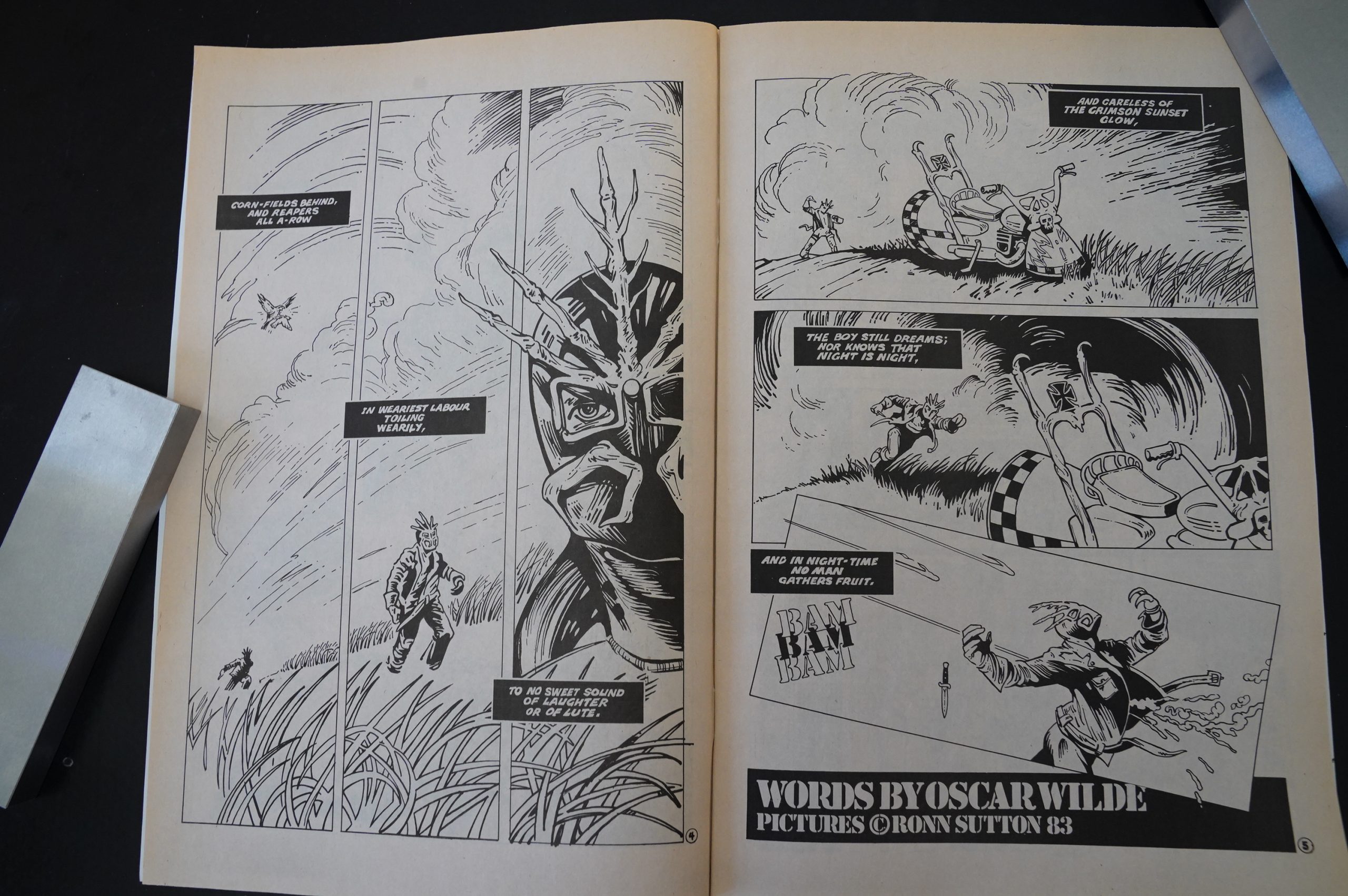
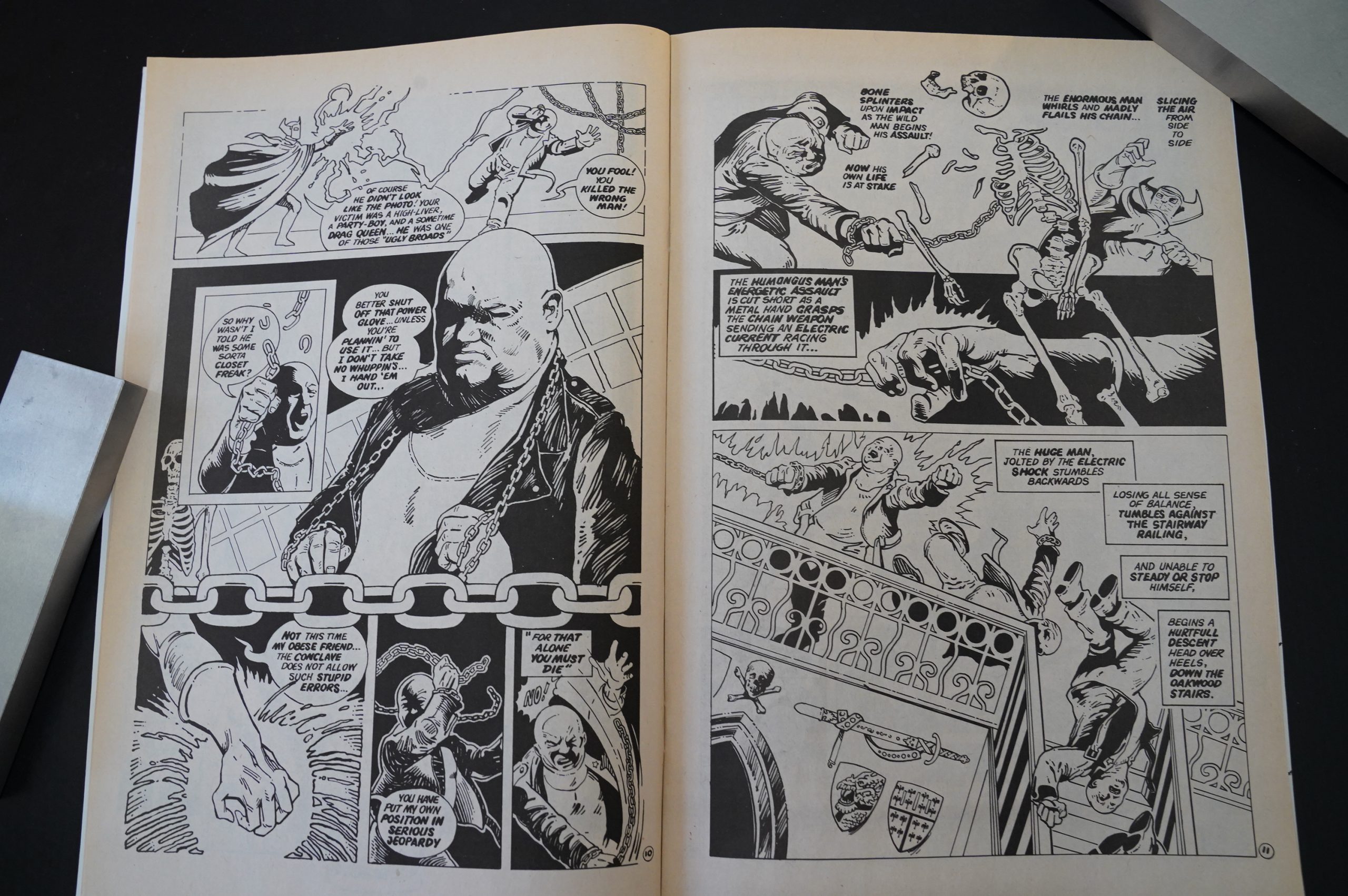
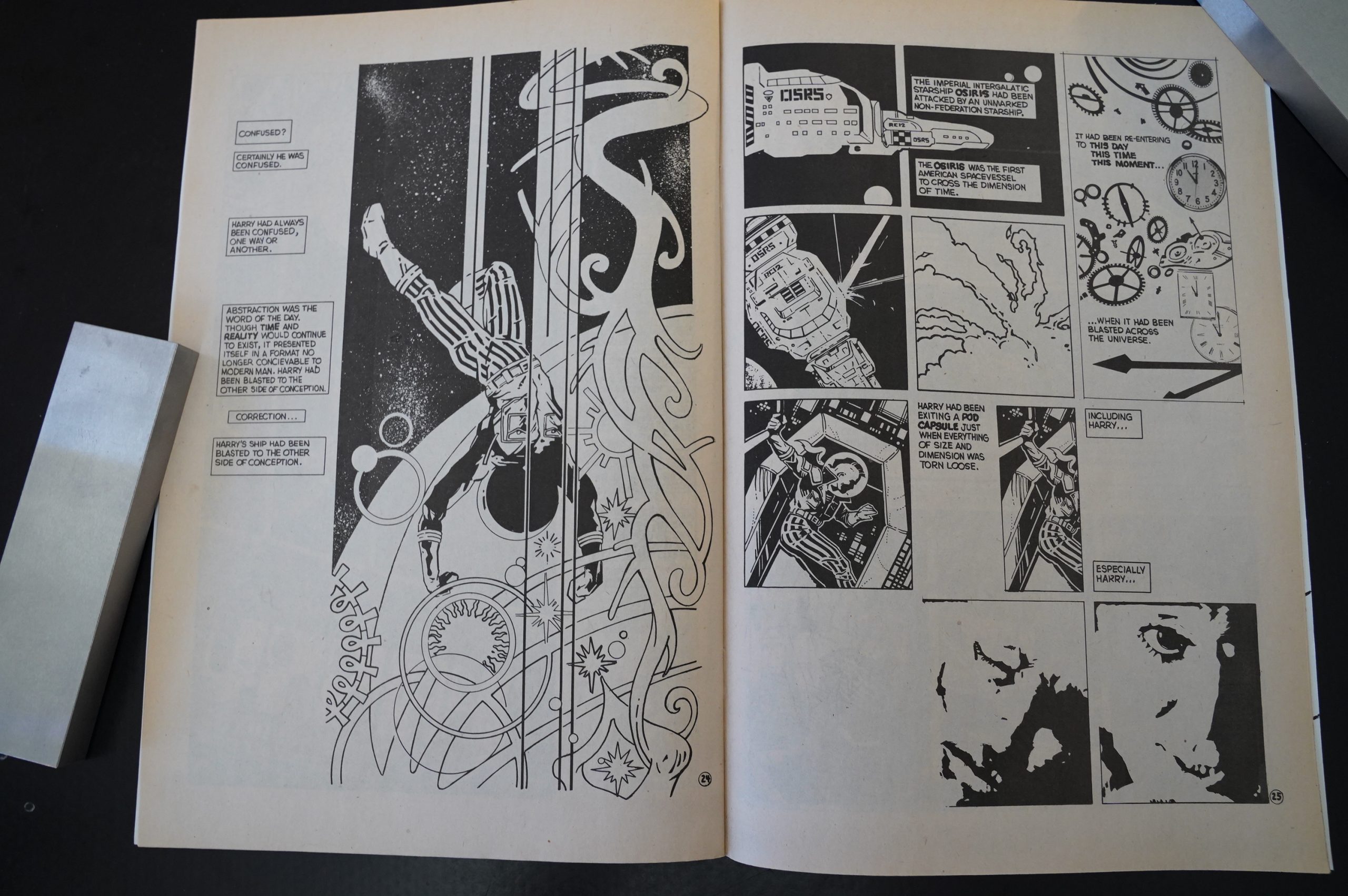
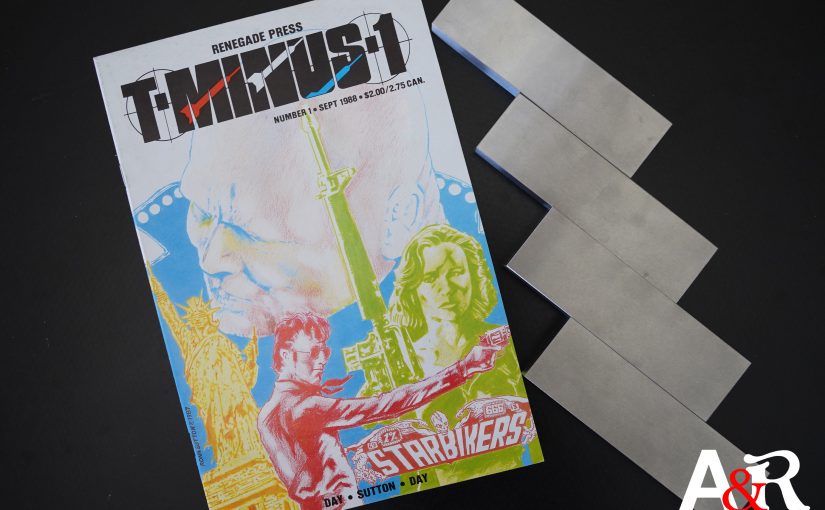
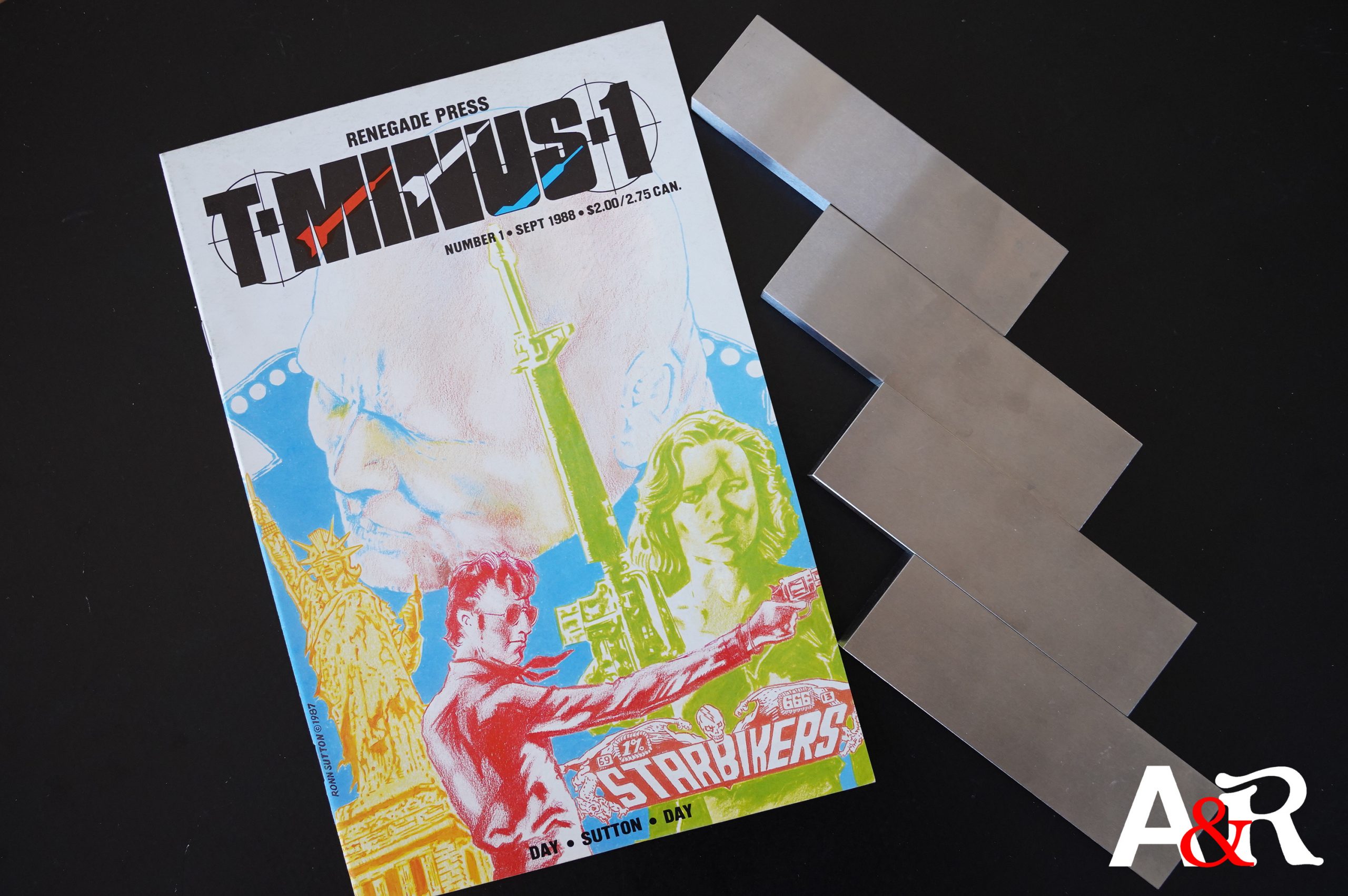

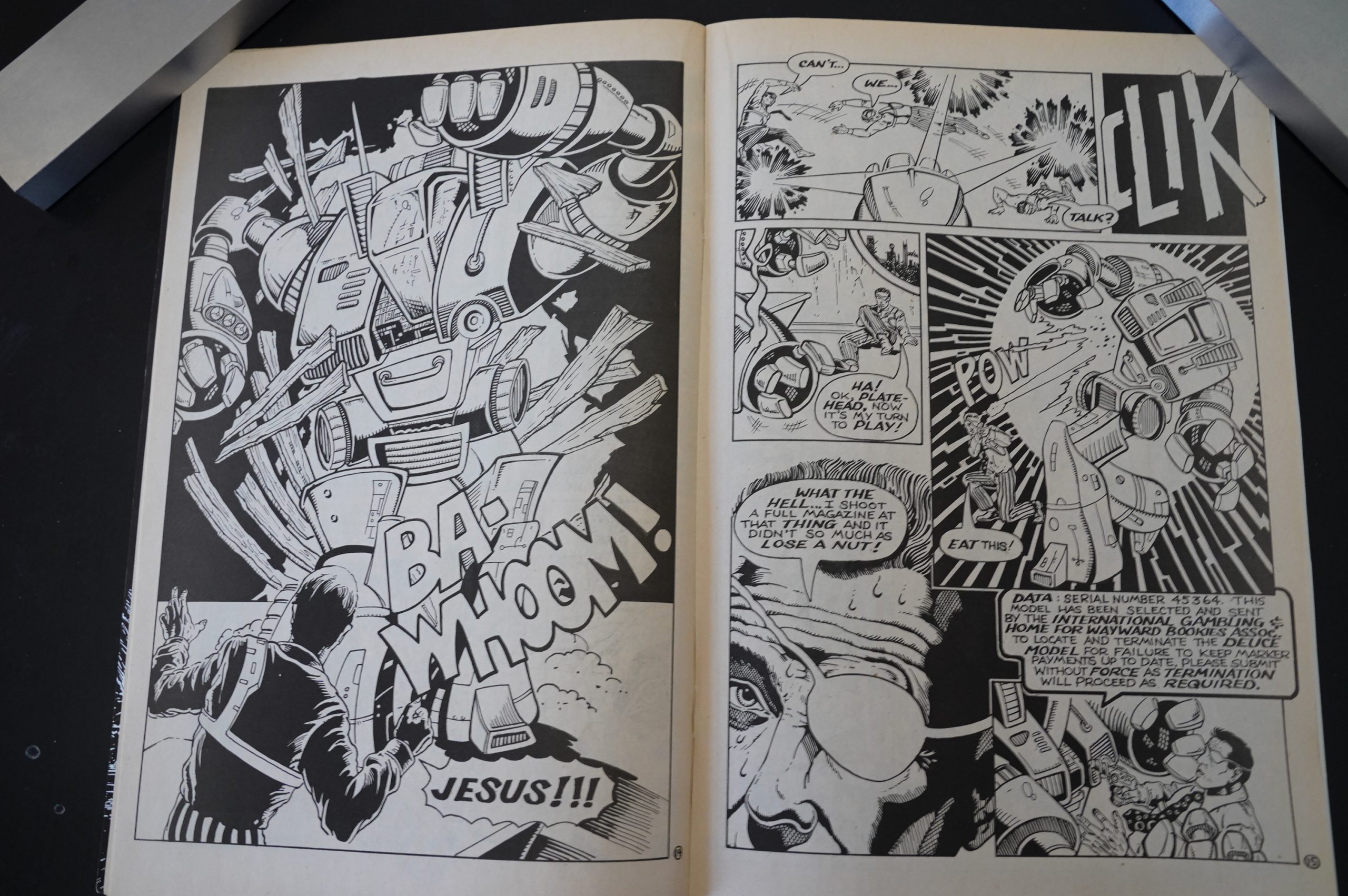
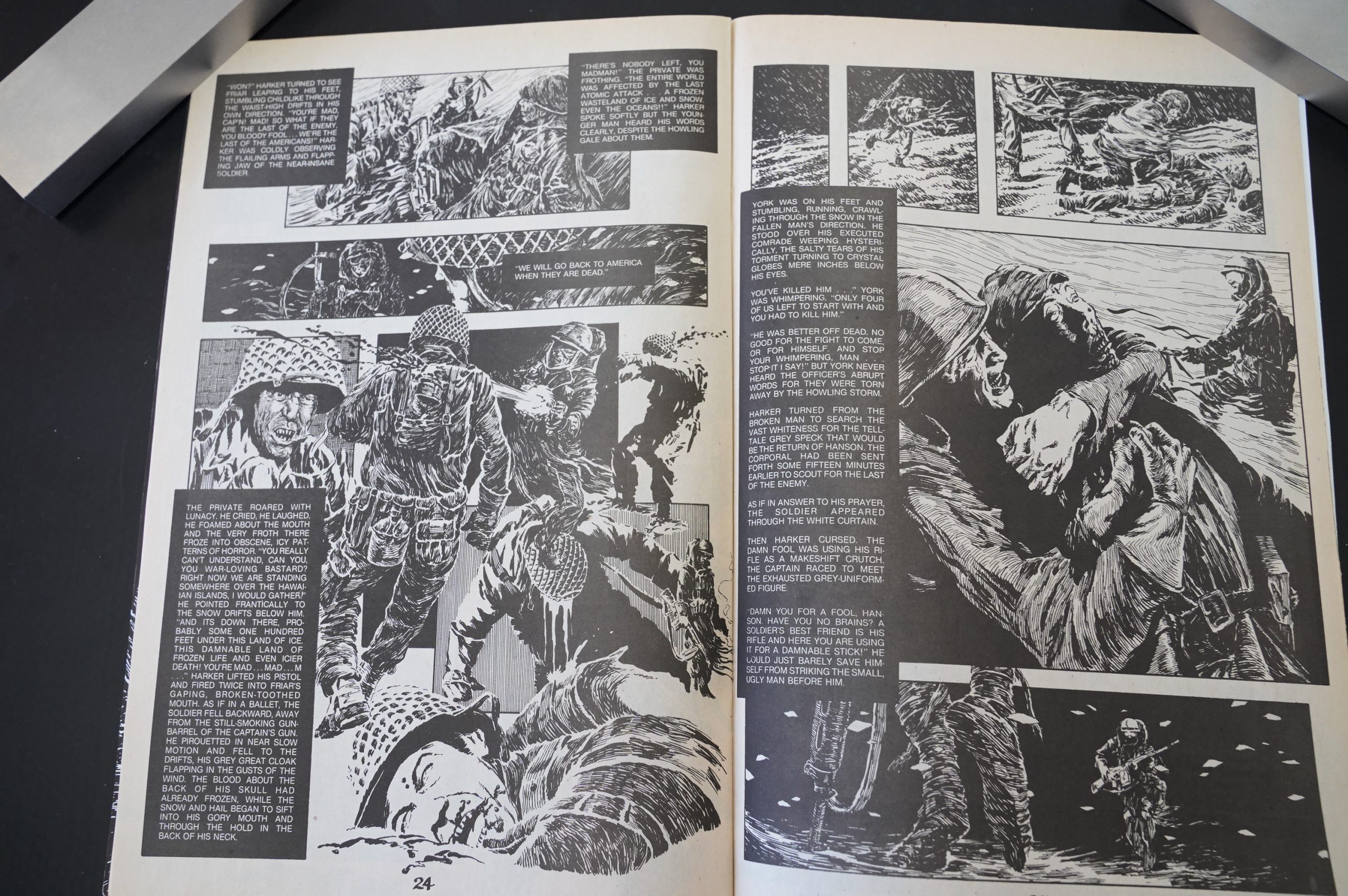
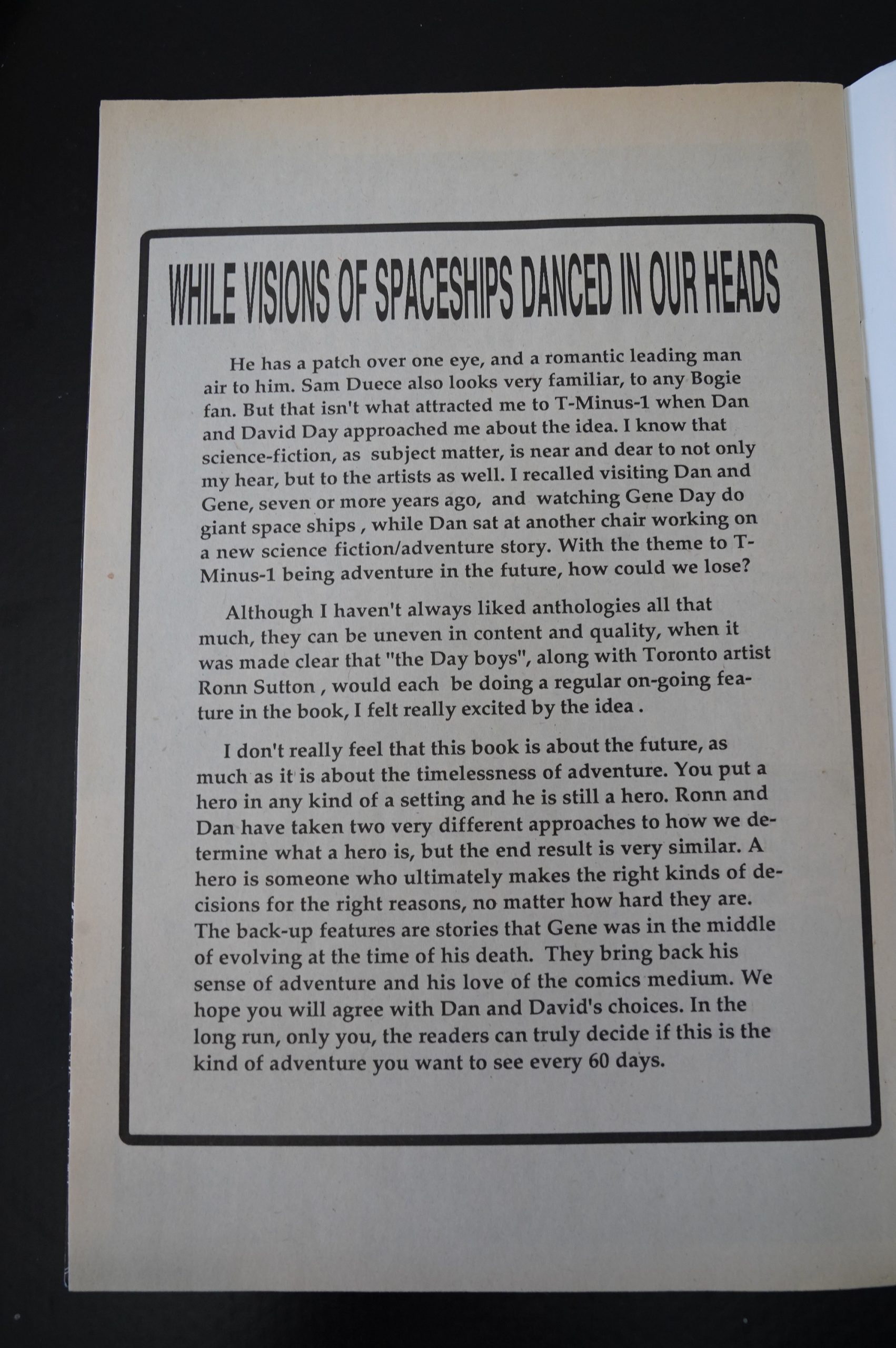
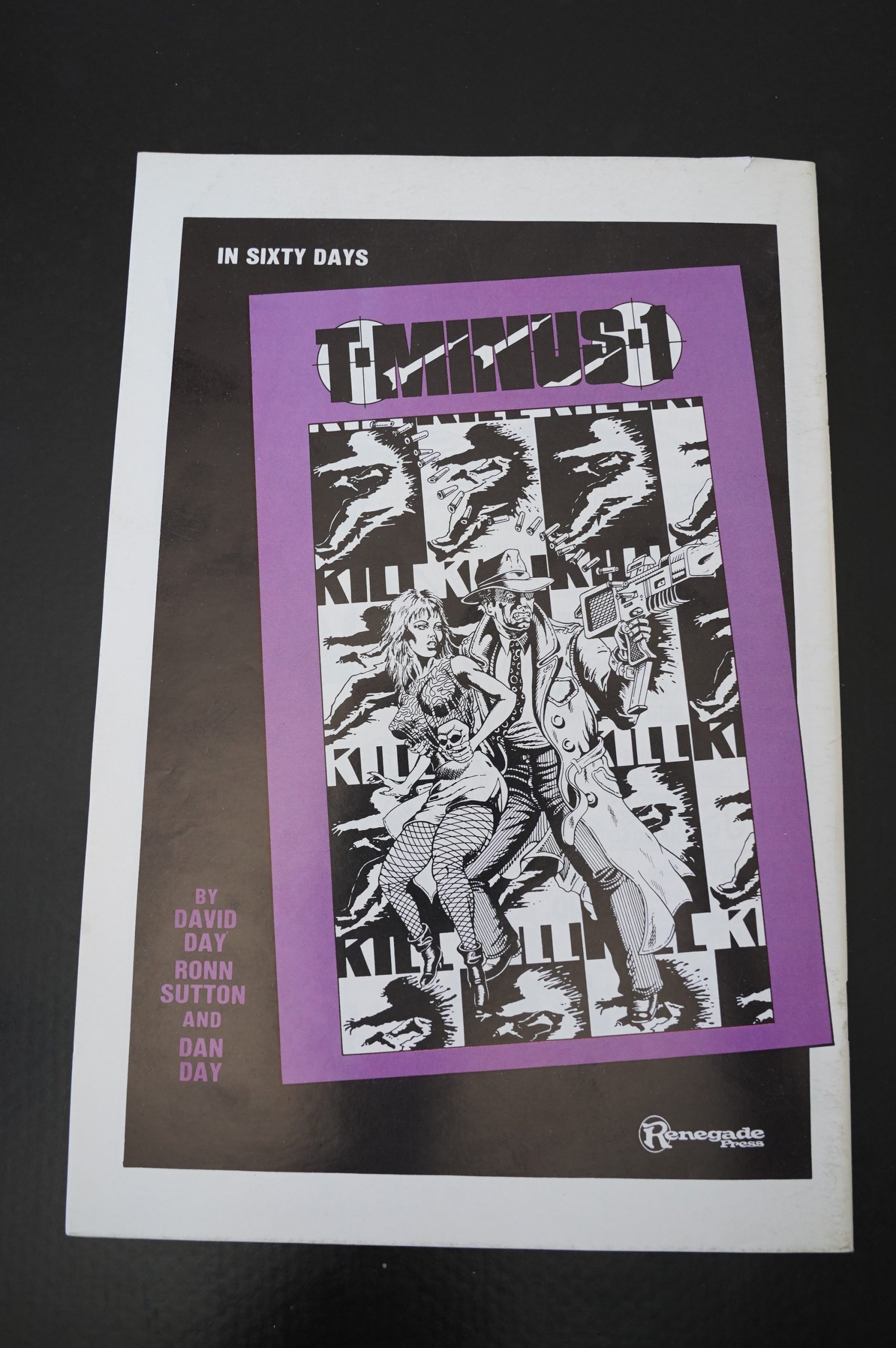


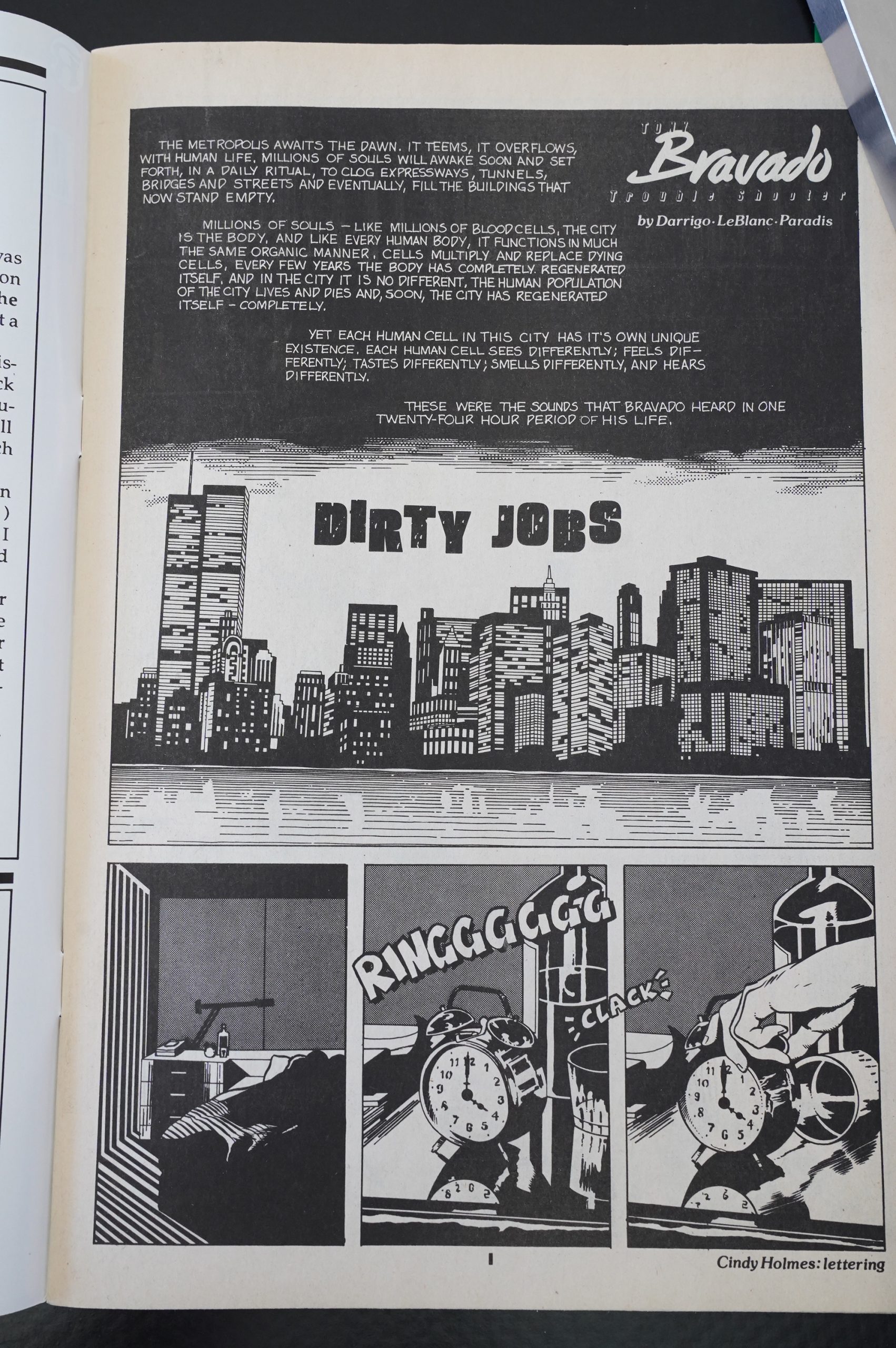
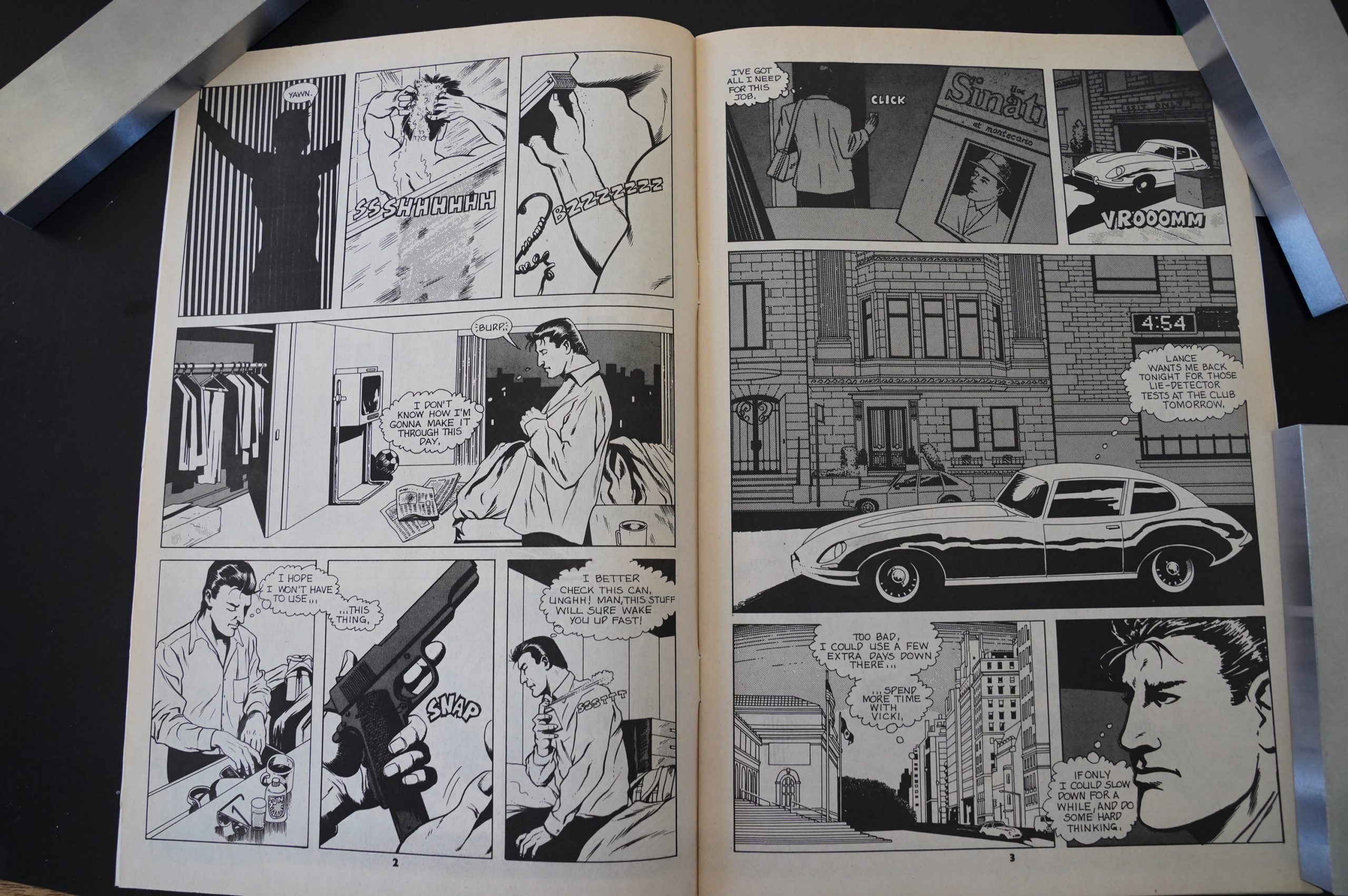
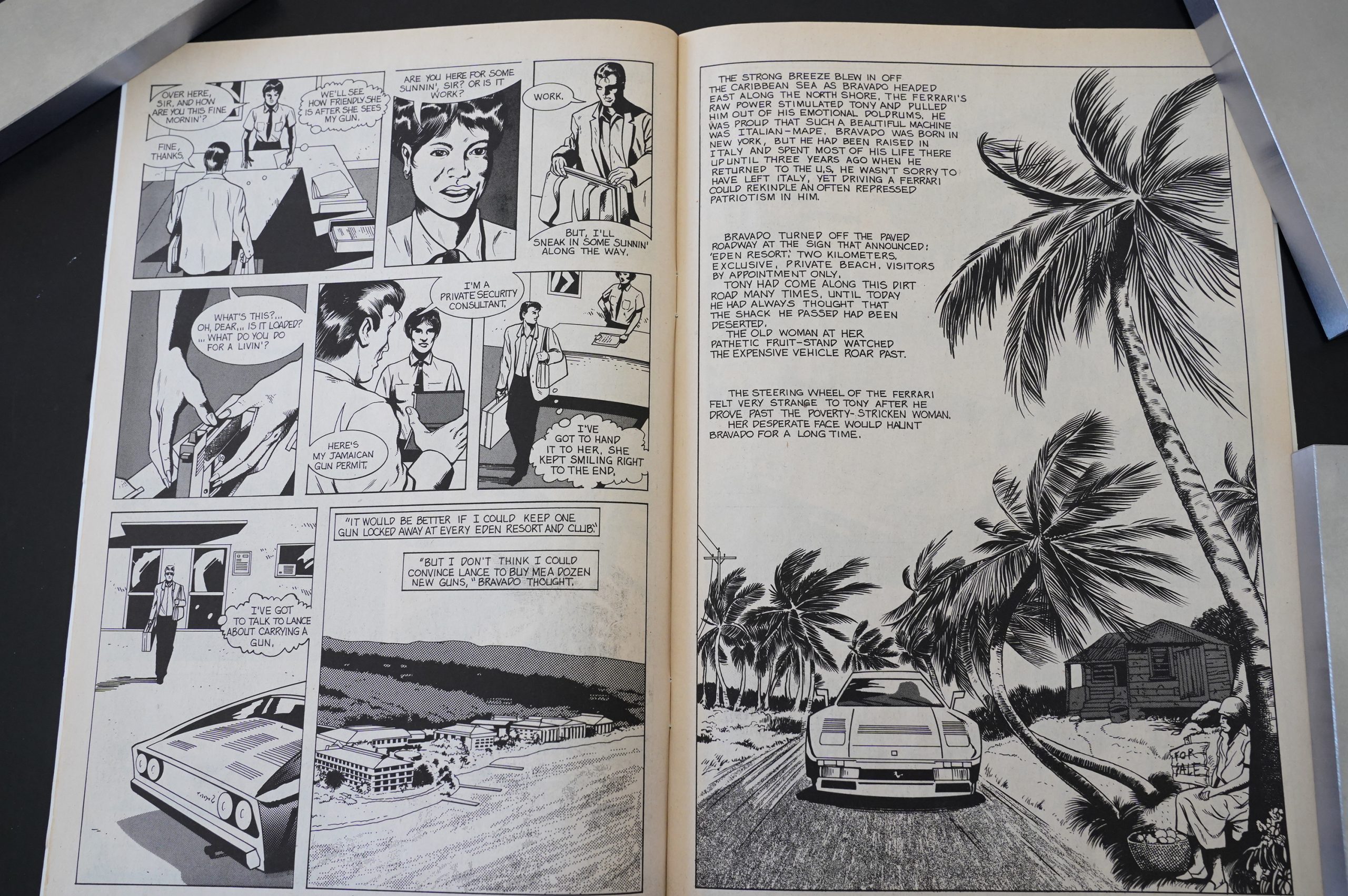
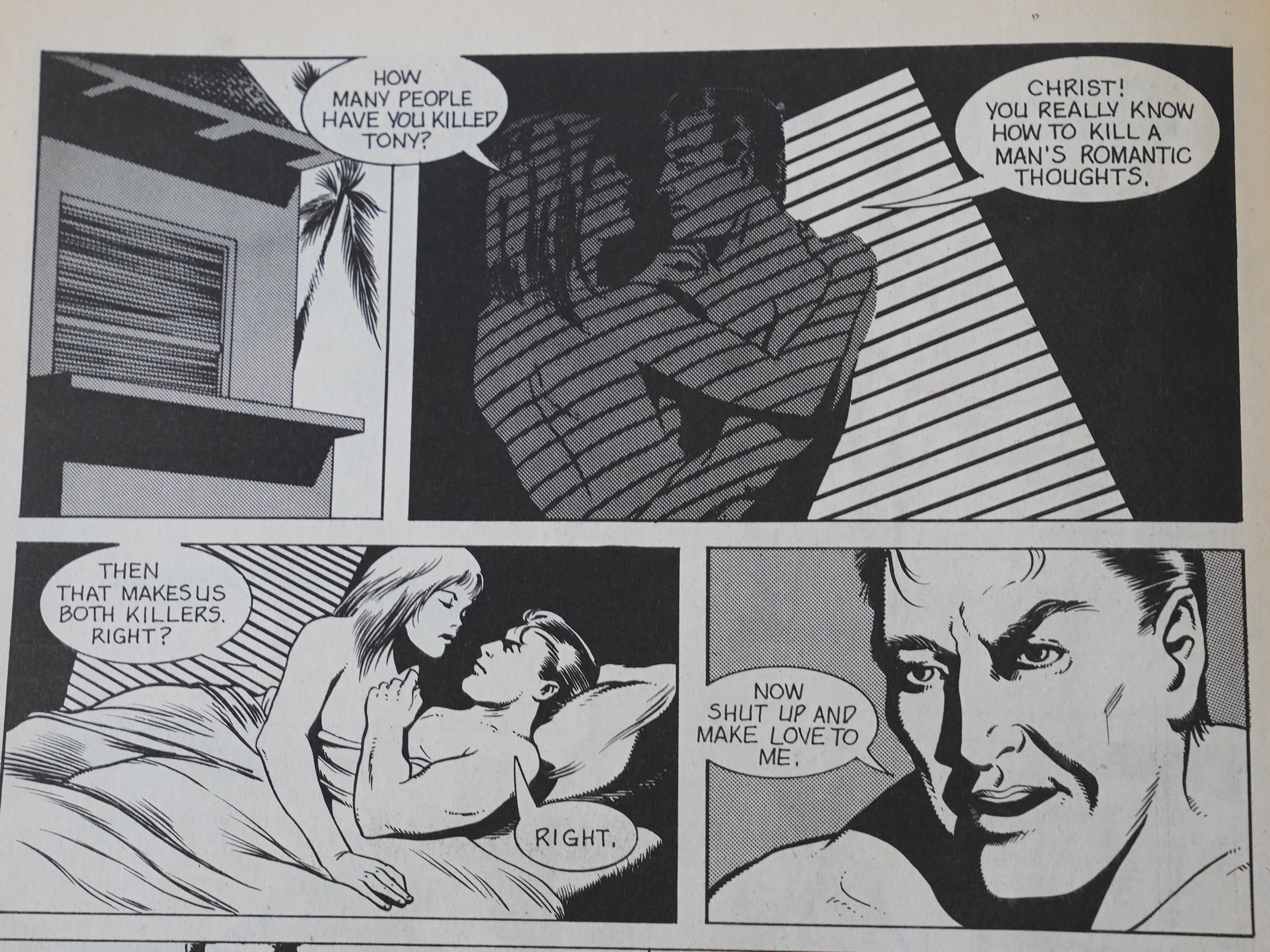
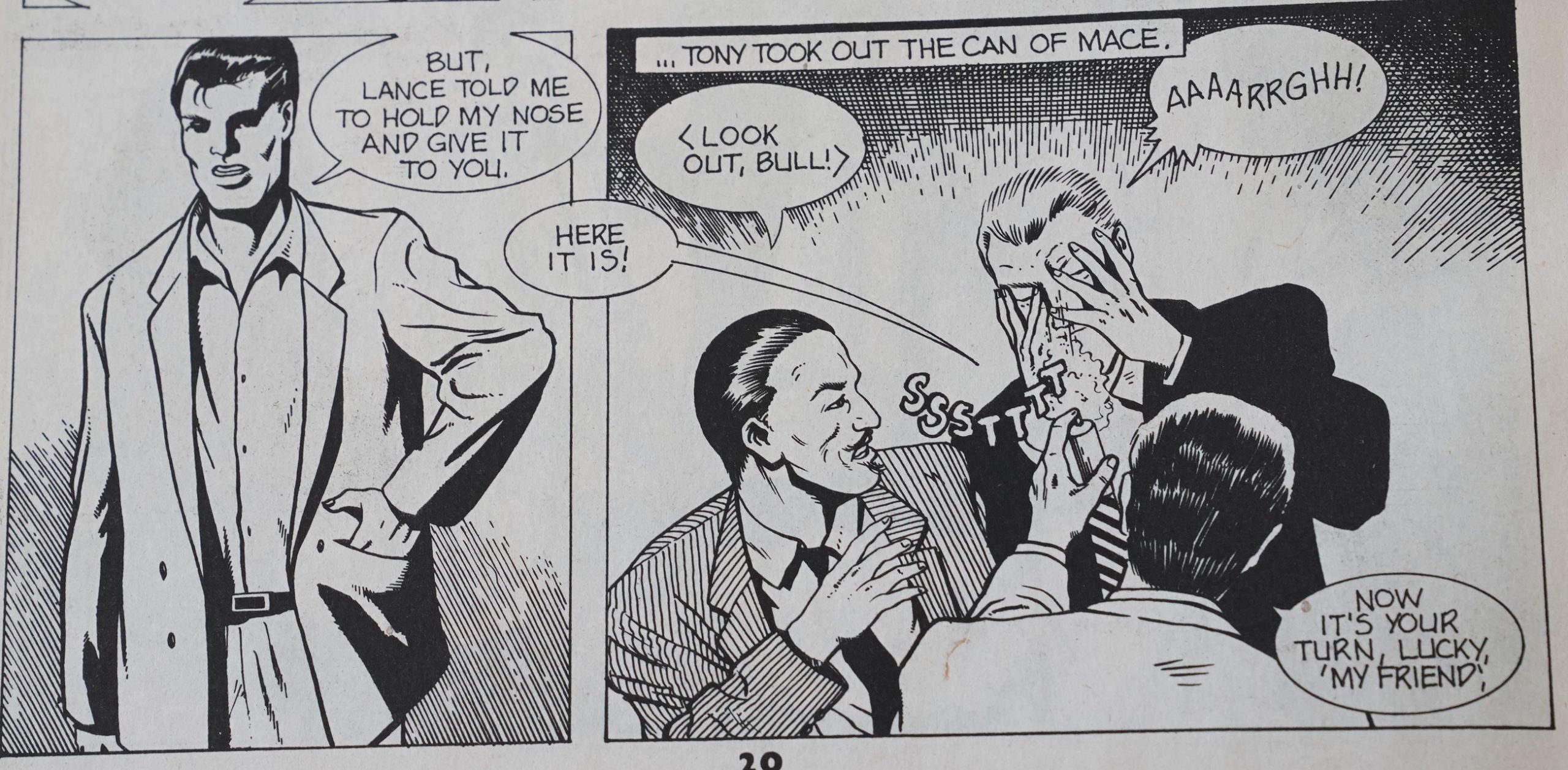
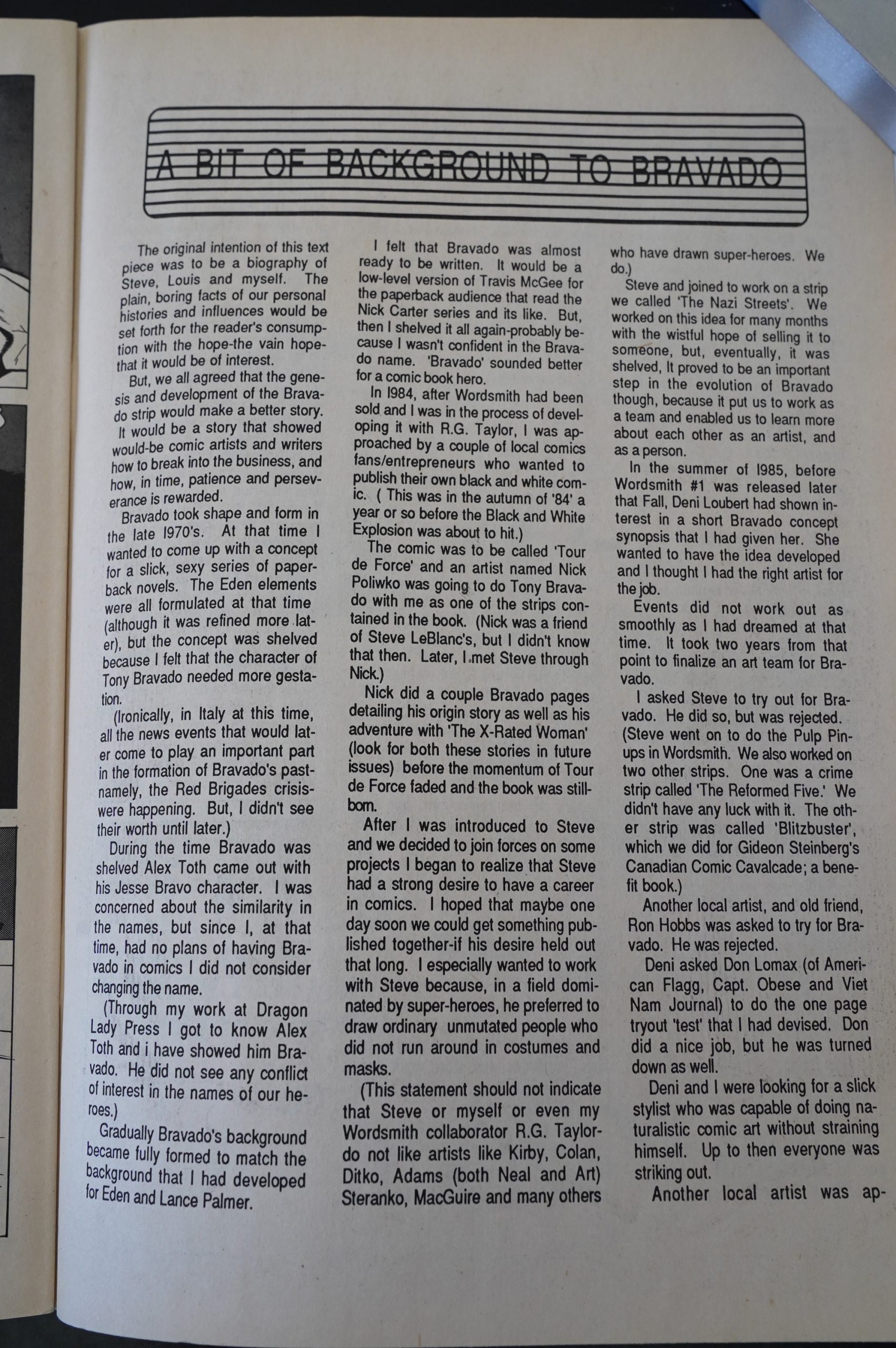

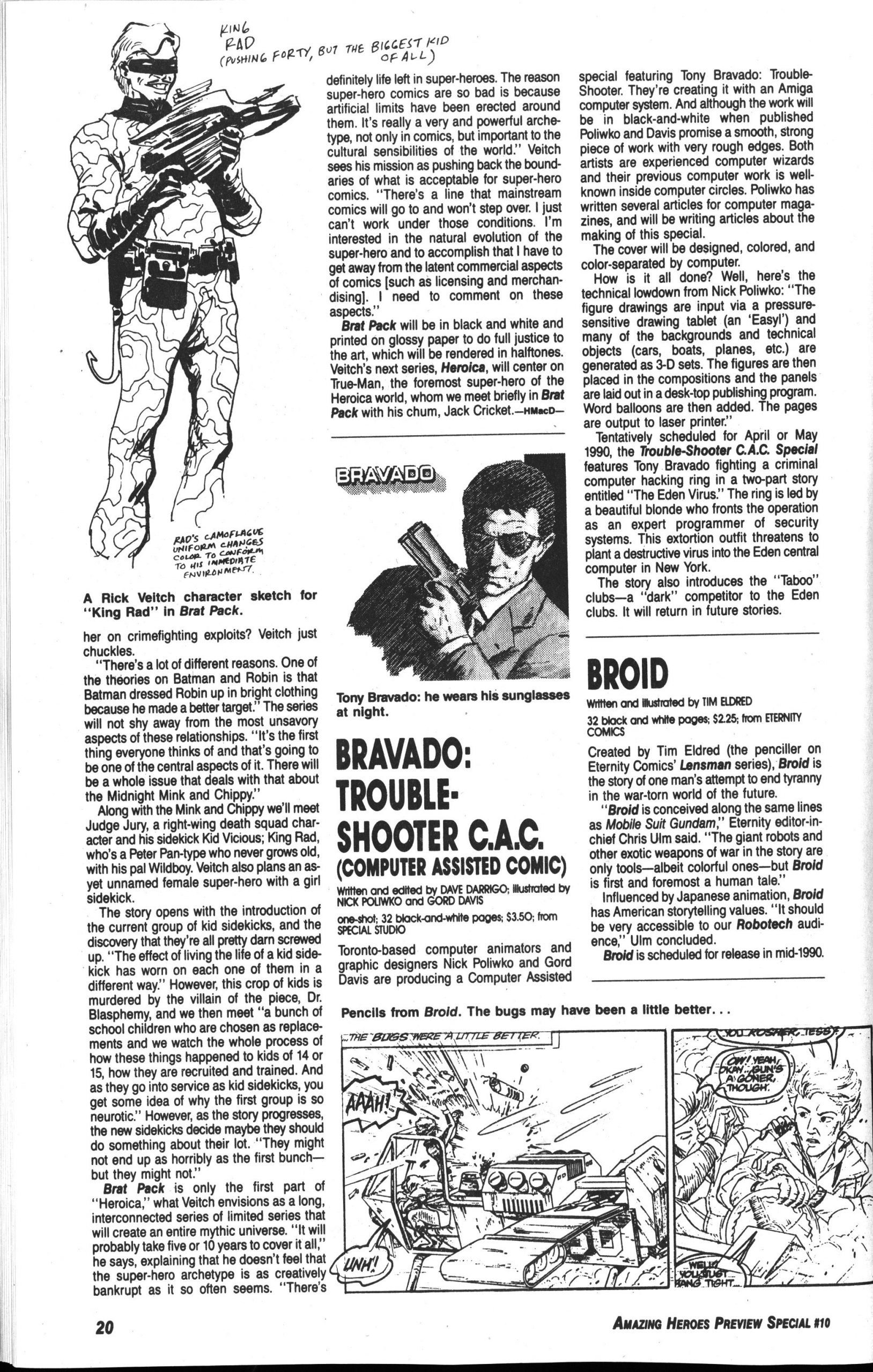

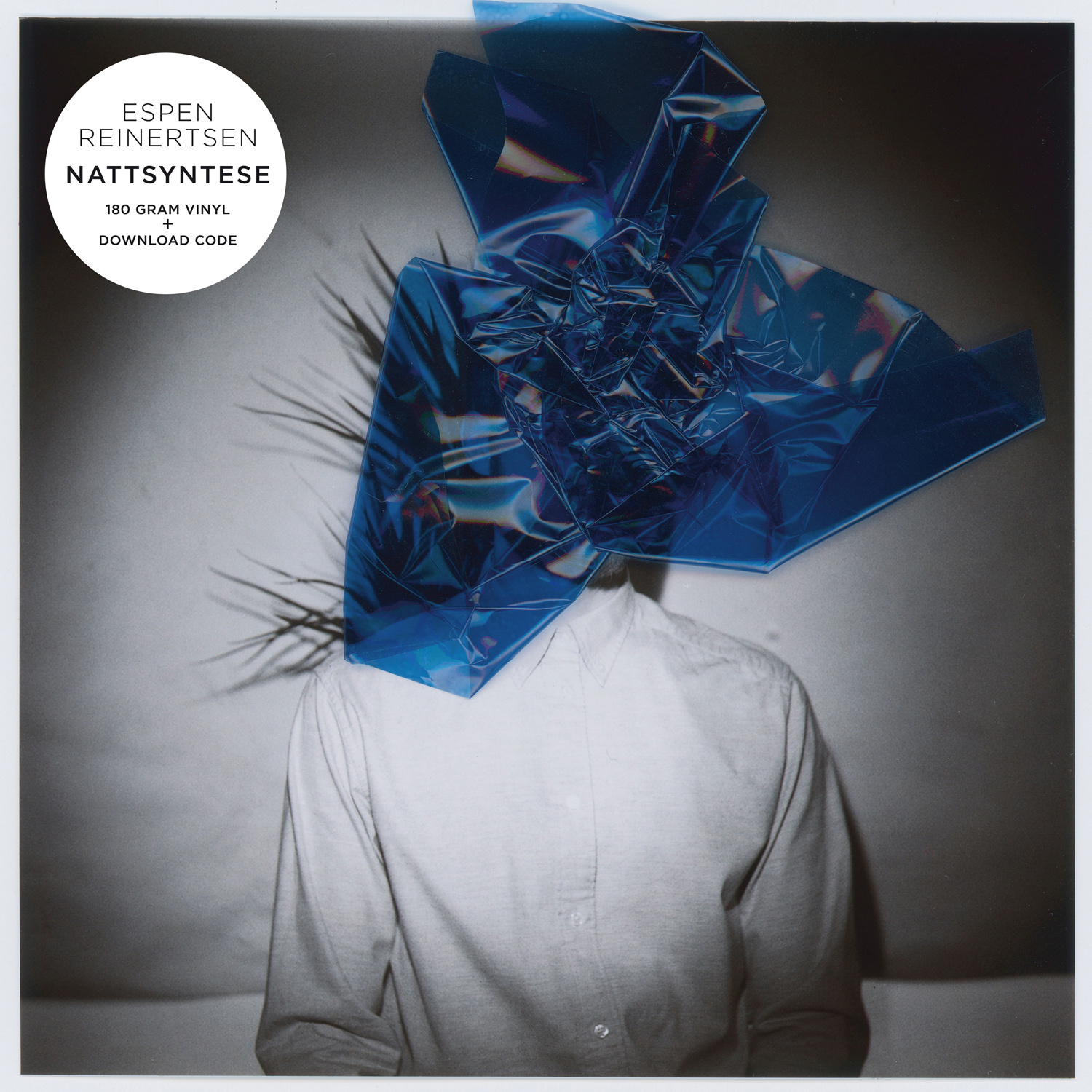

%3A+Everybody's+Alone+(1972+-+1976))
)

)
%3A+2019+Mixes)






)
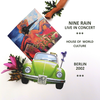
)
)




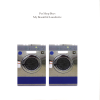

+The+Road+(16)%3A+Live+at+Moles+Club)
+The+Road+(8)%3A+Absent+Lovers+2)


)
)
)
)
)
%3A+Mary+Halvorson+Quartet)
%3A+Live+at+Chesterfield)



+A+Drum+Machine)

